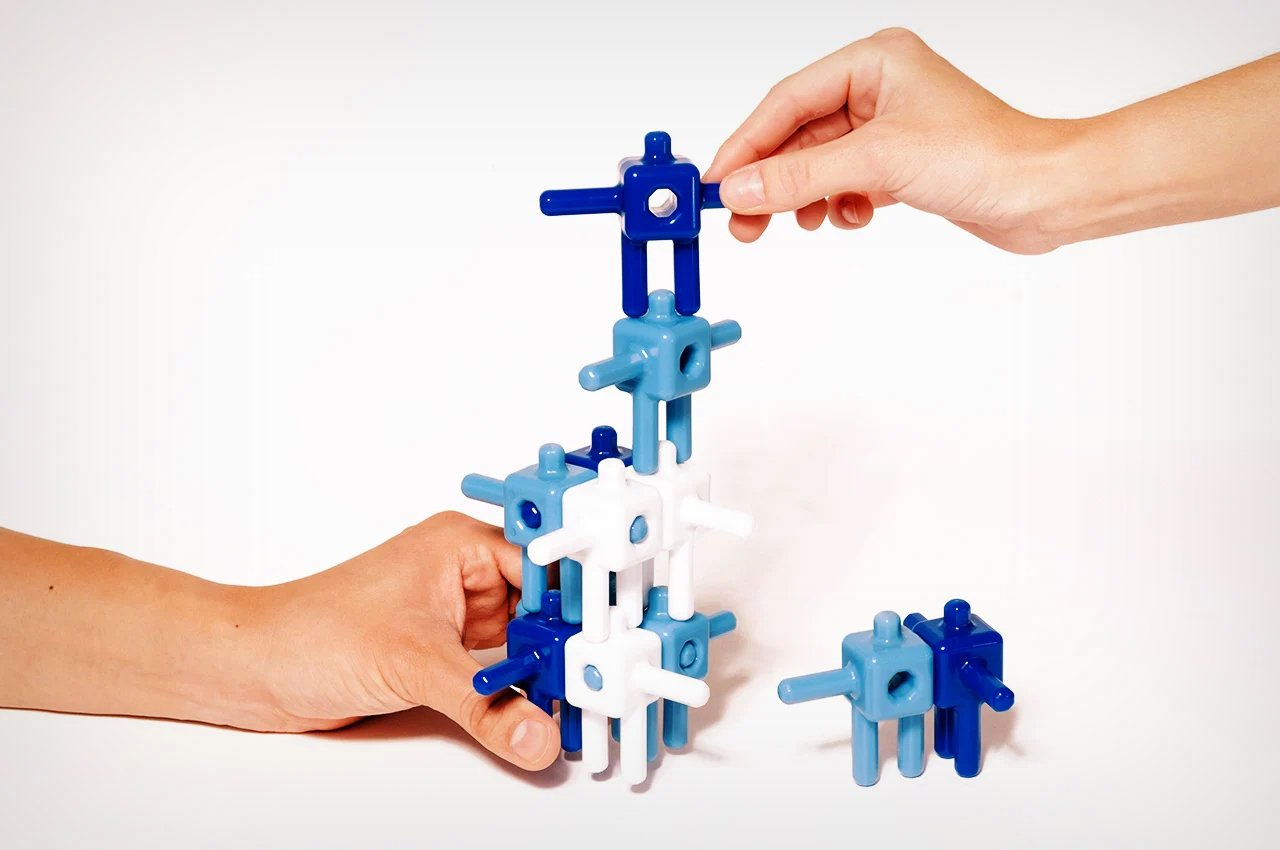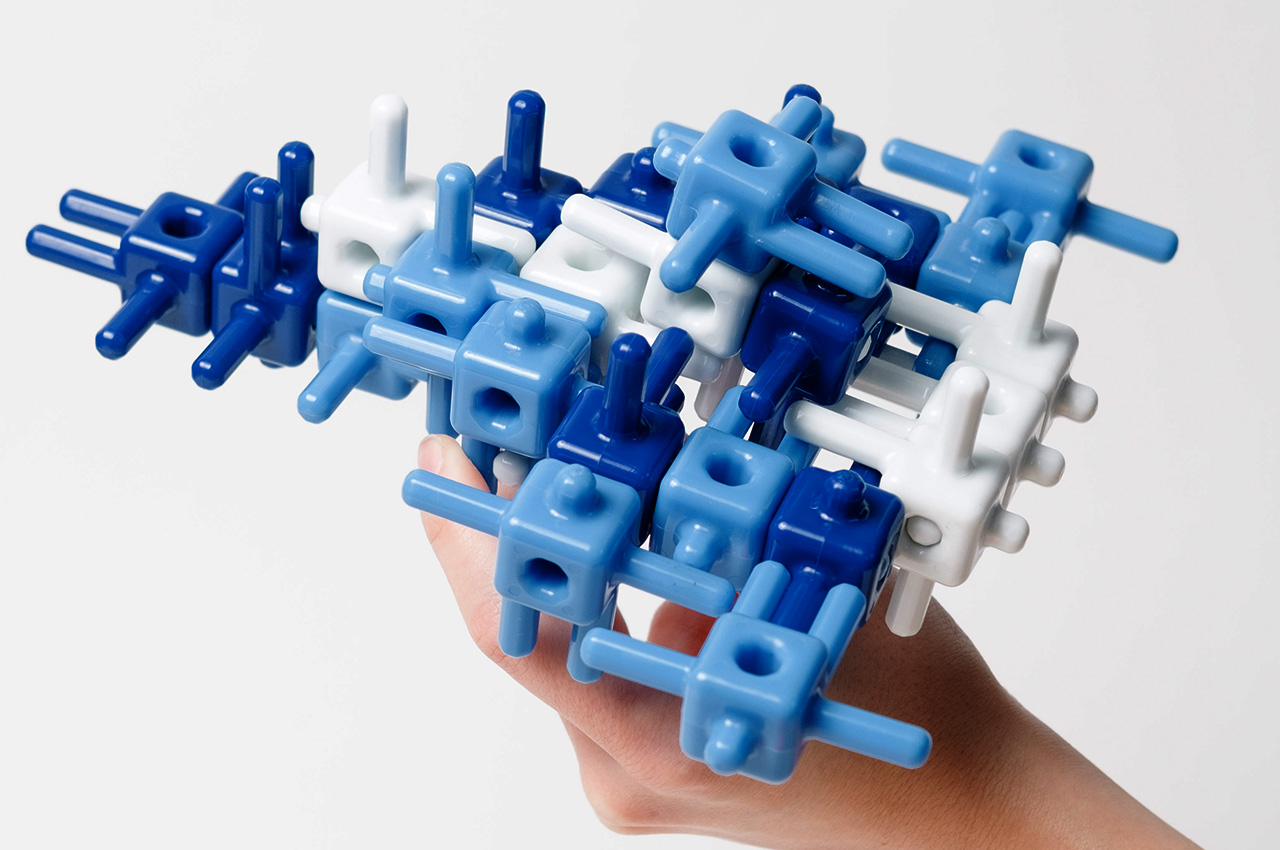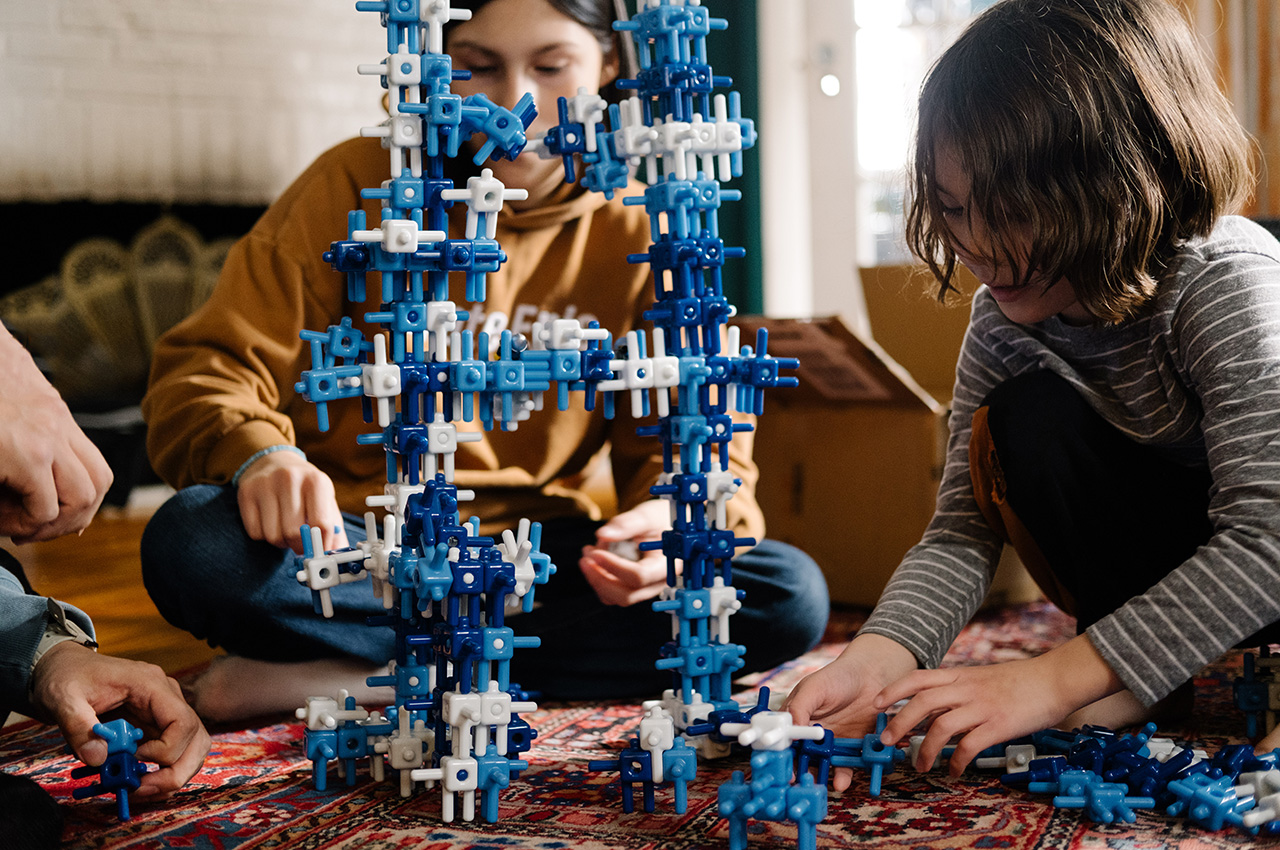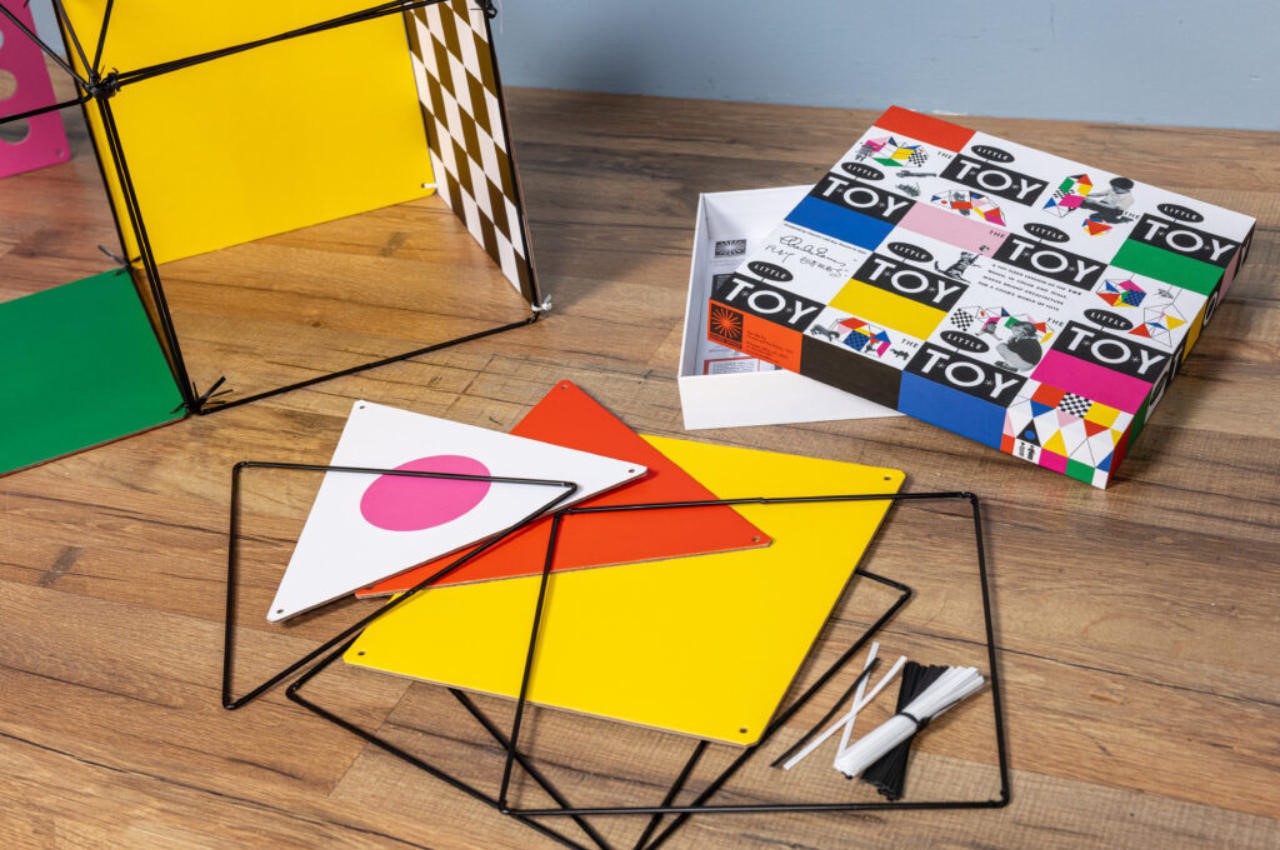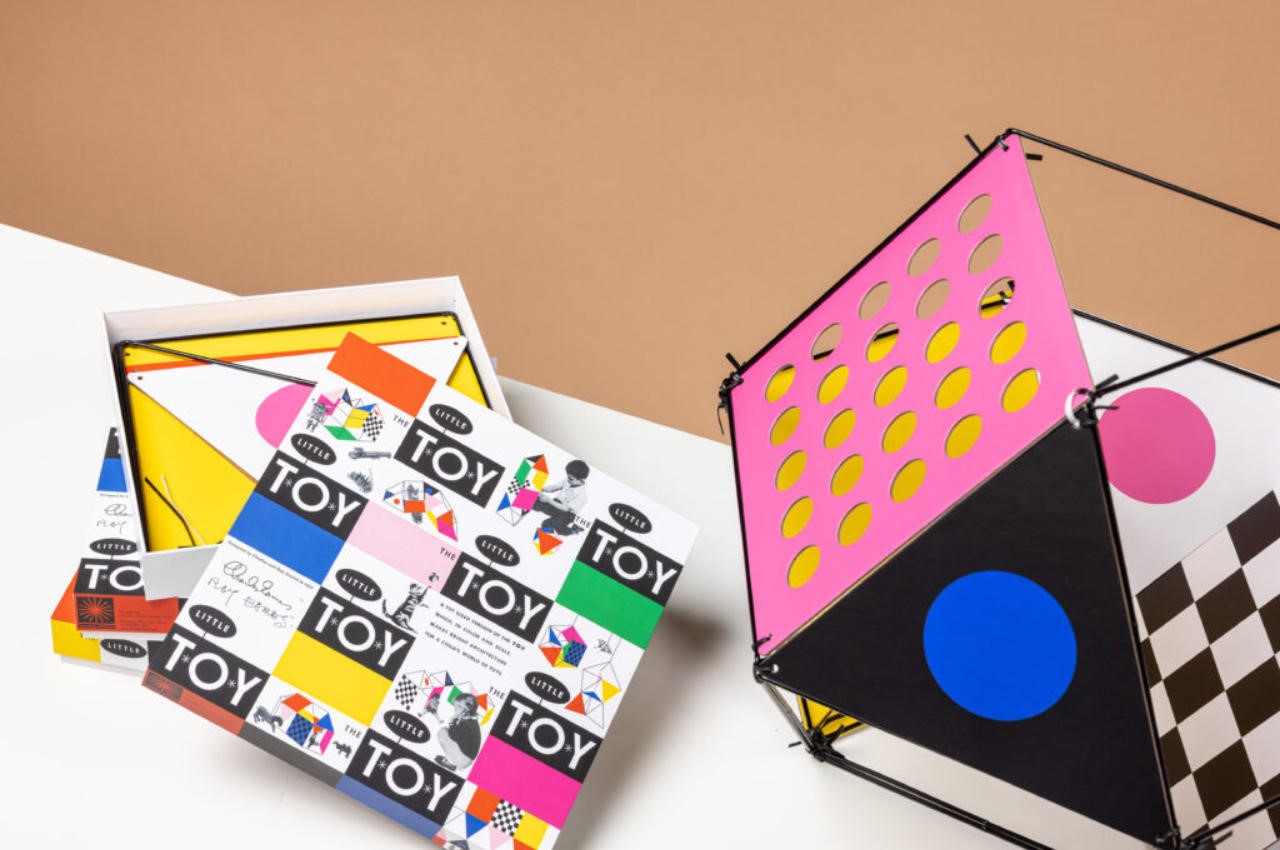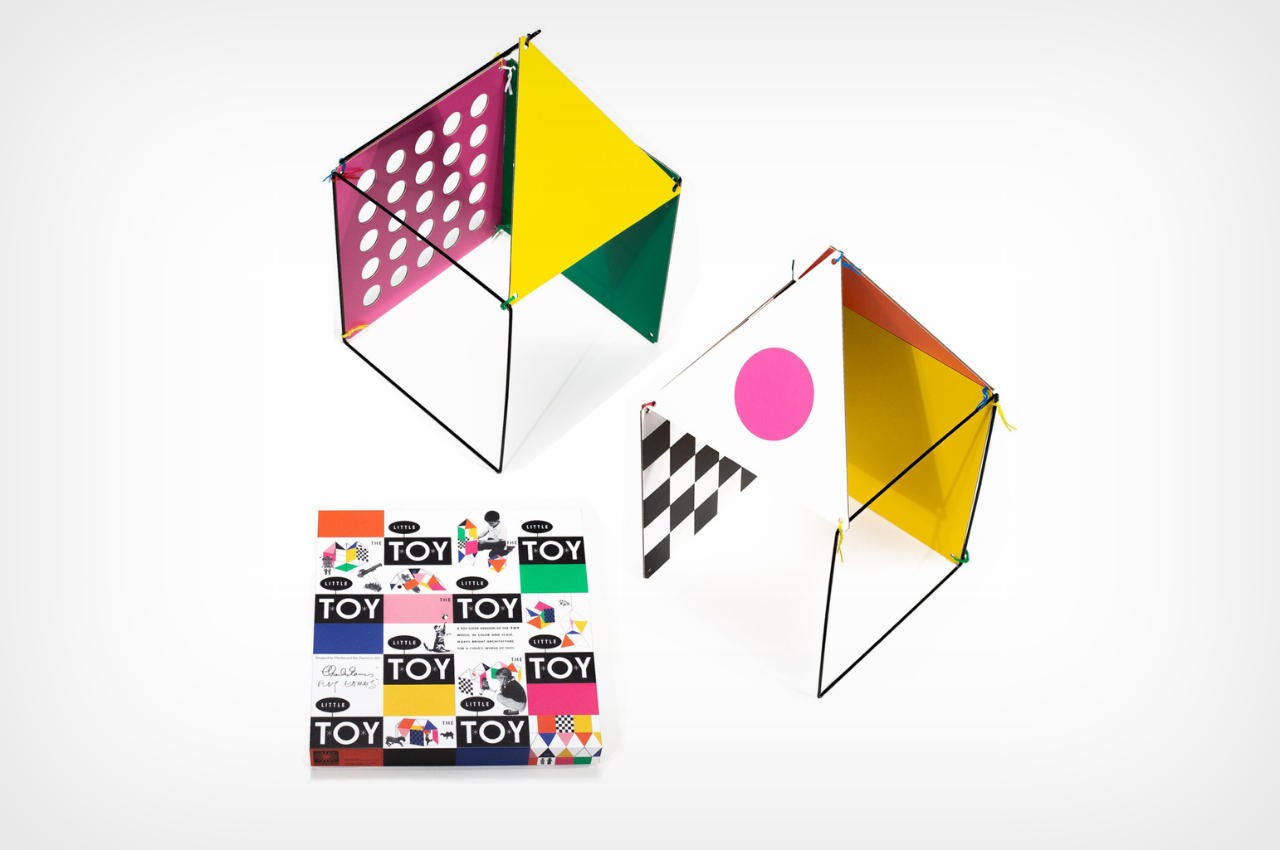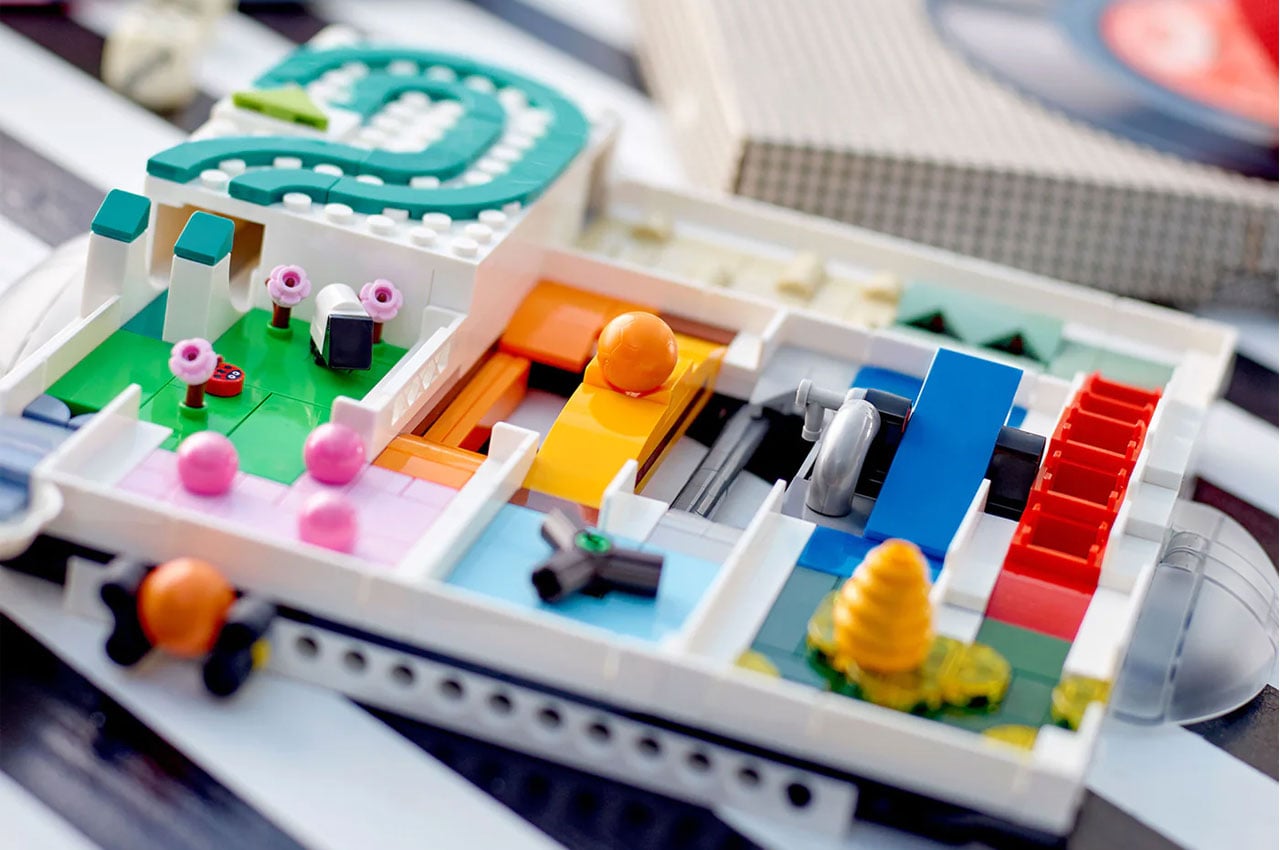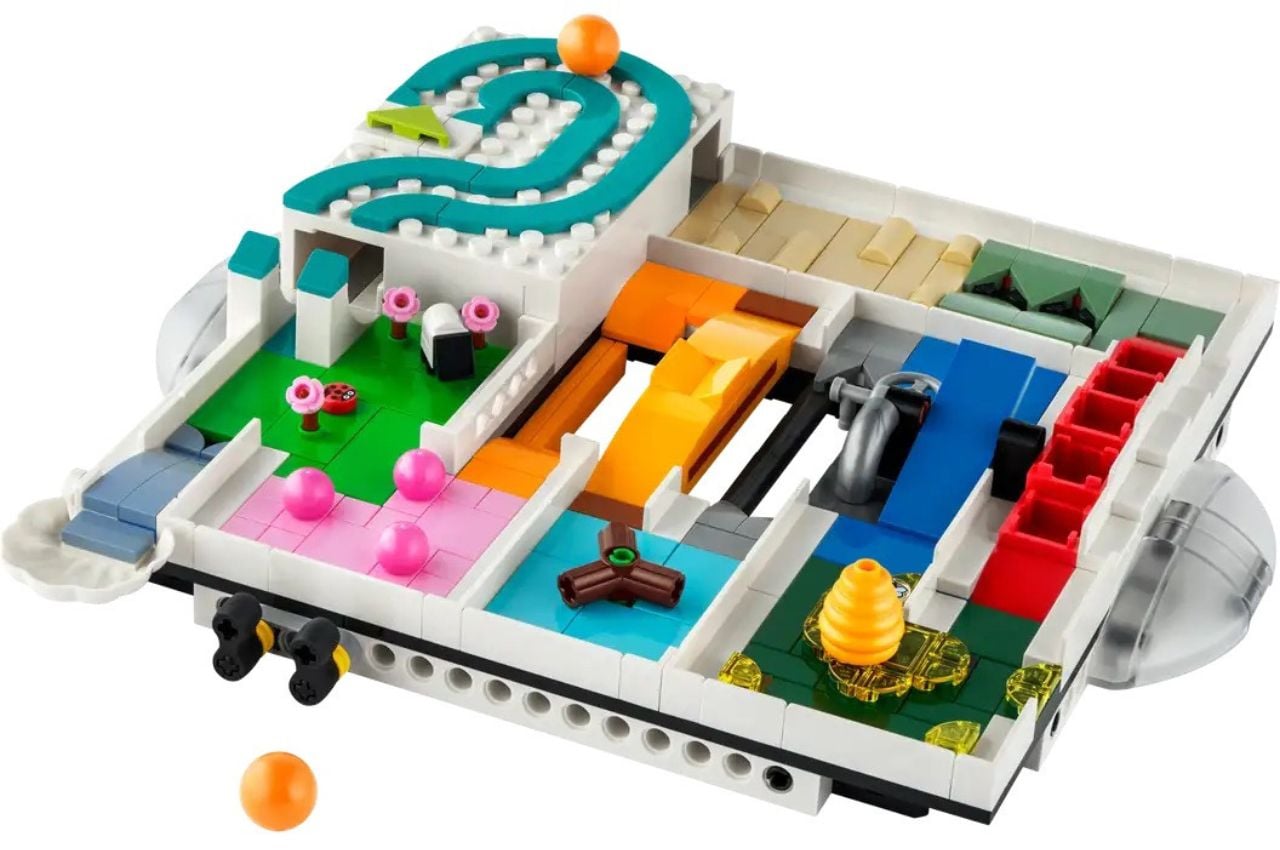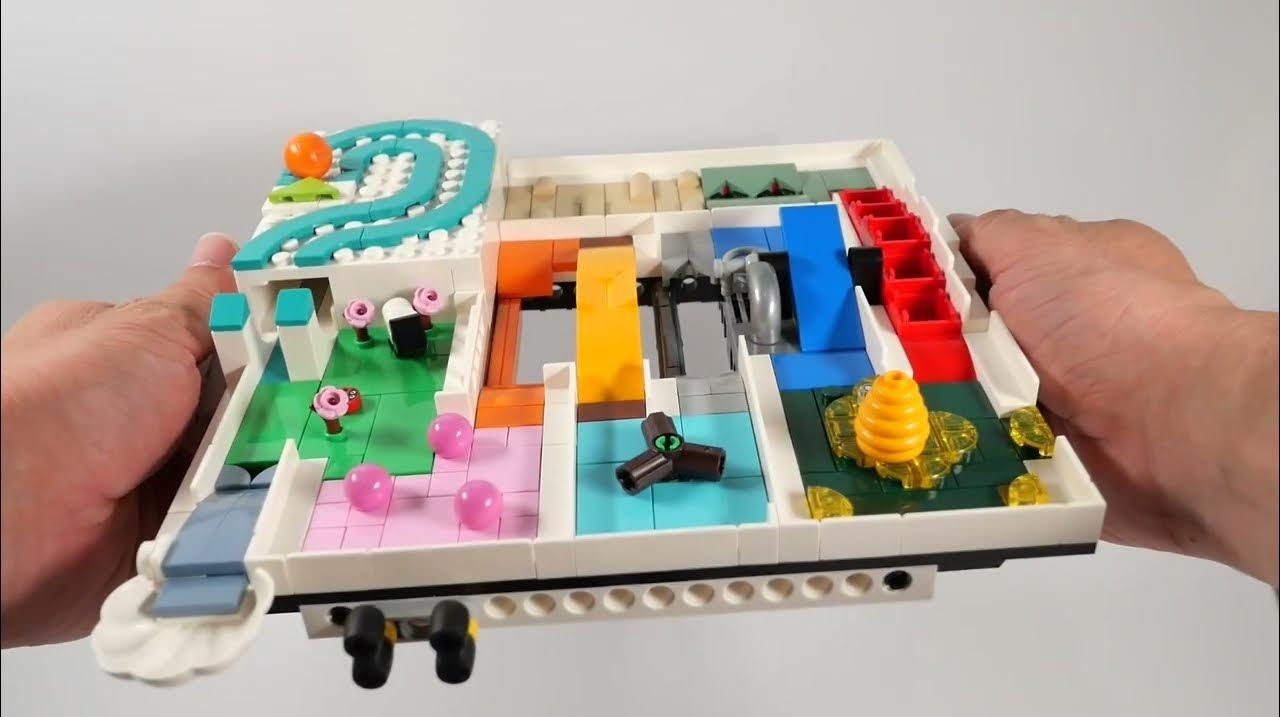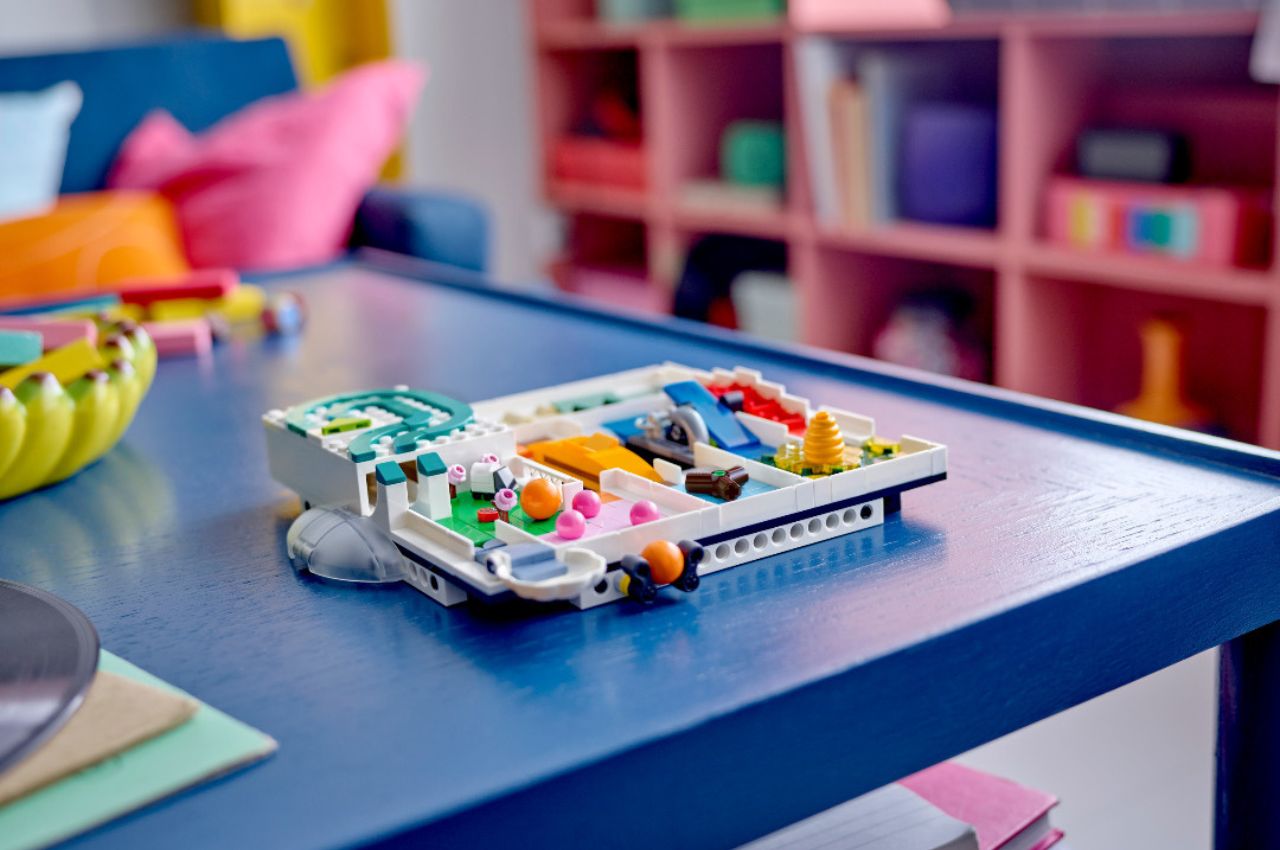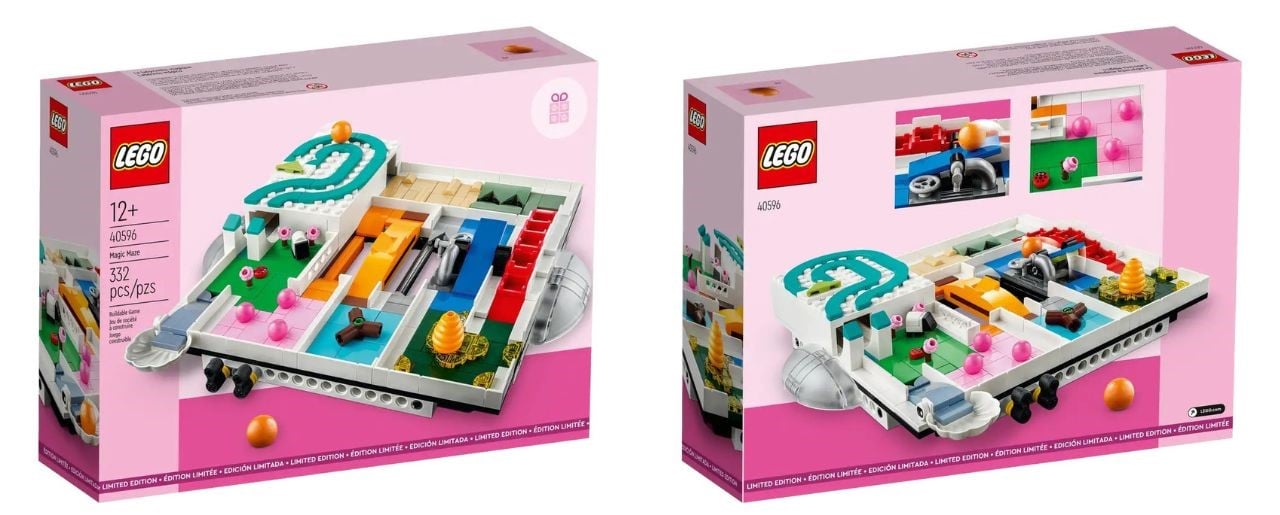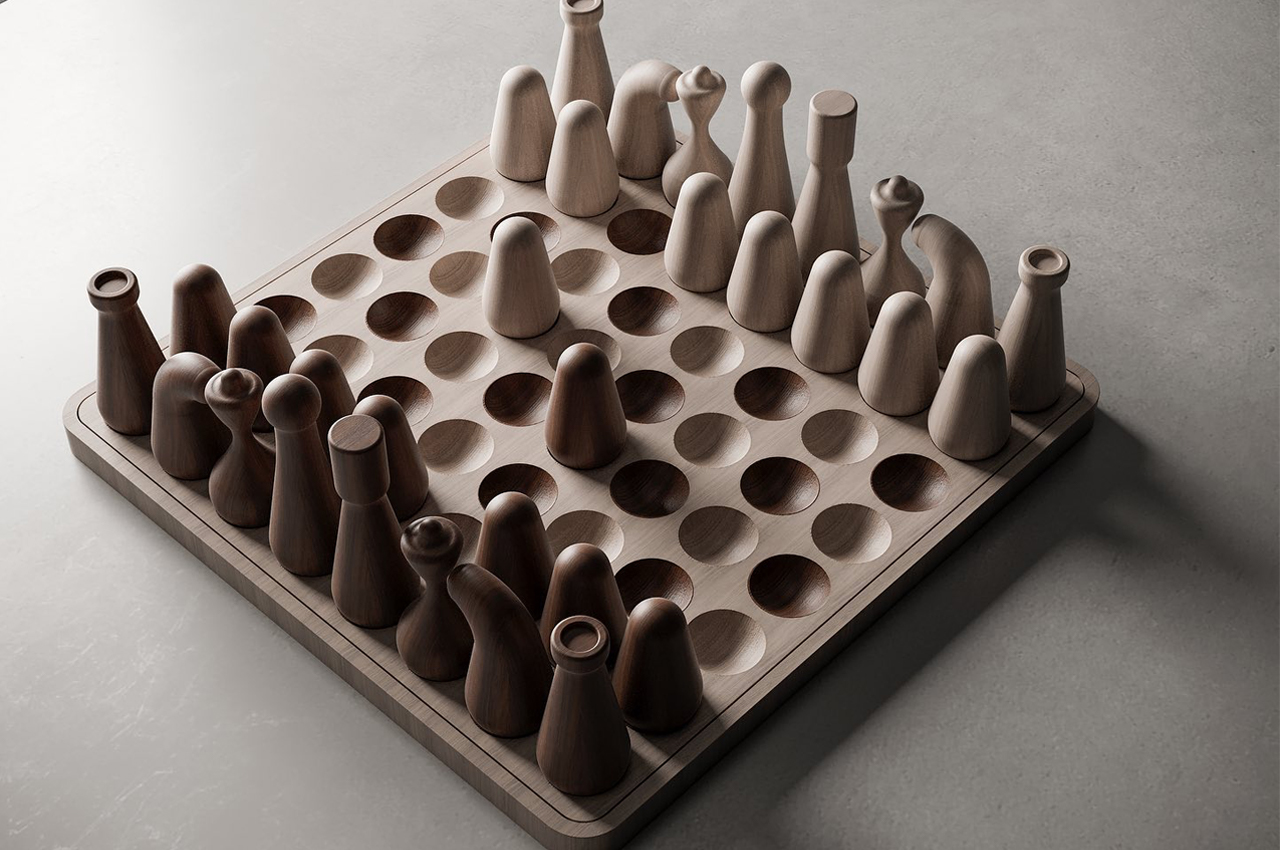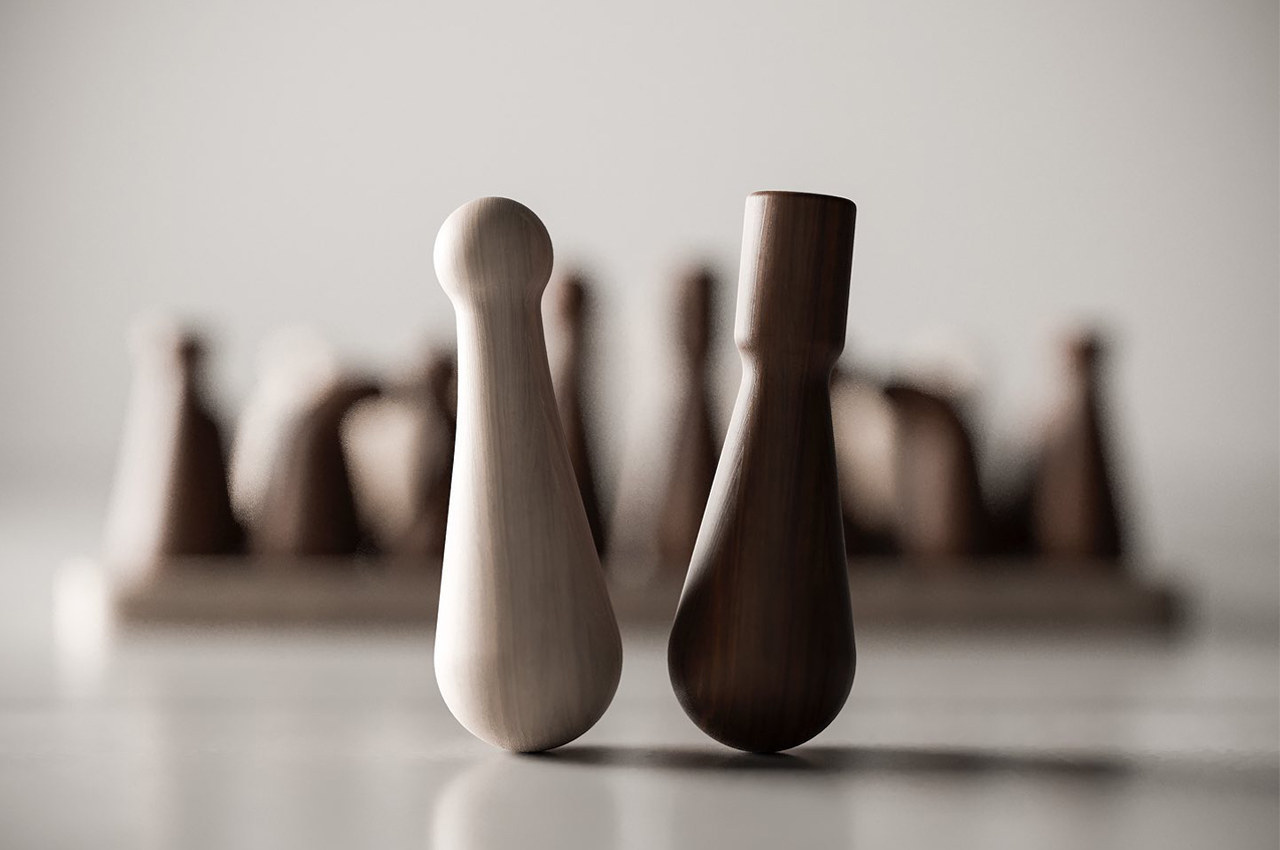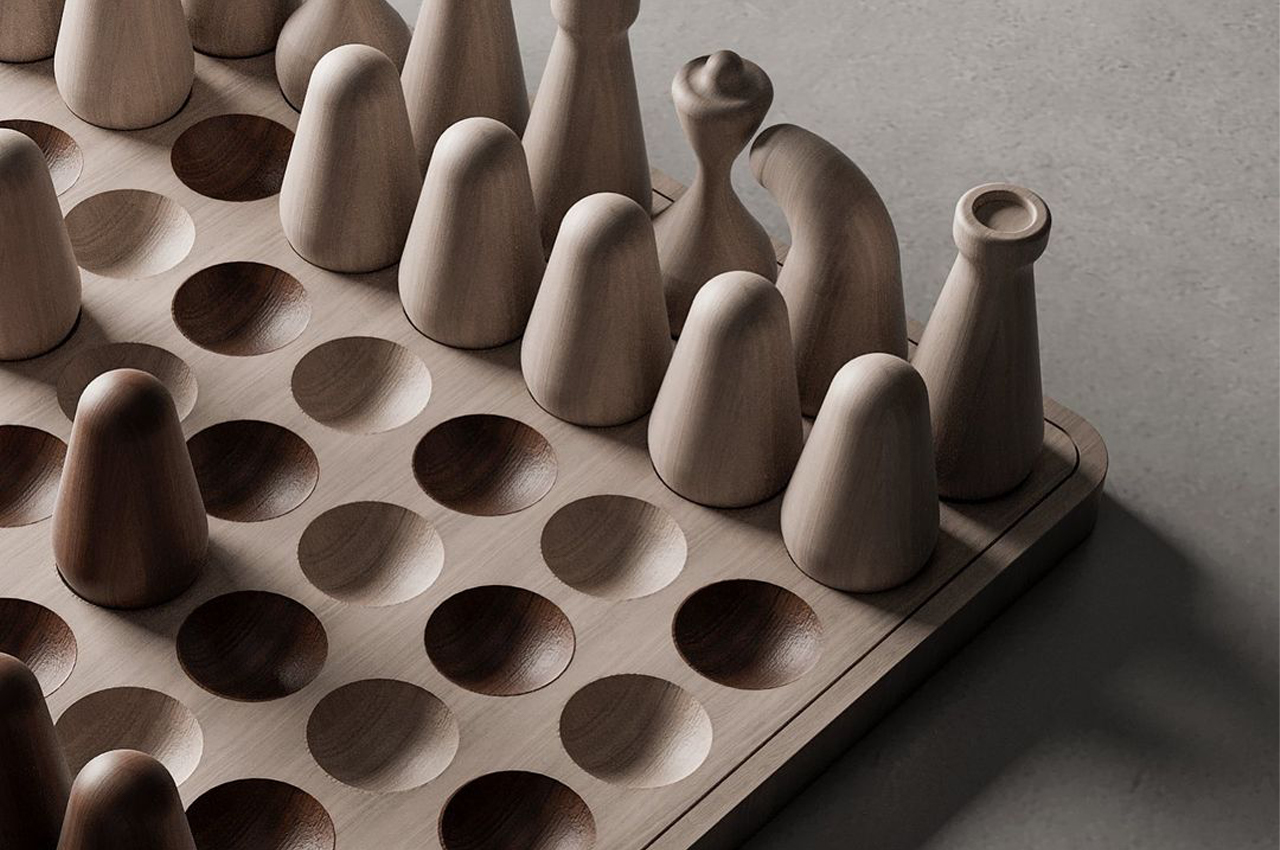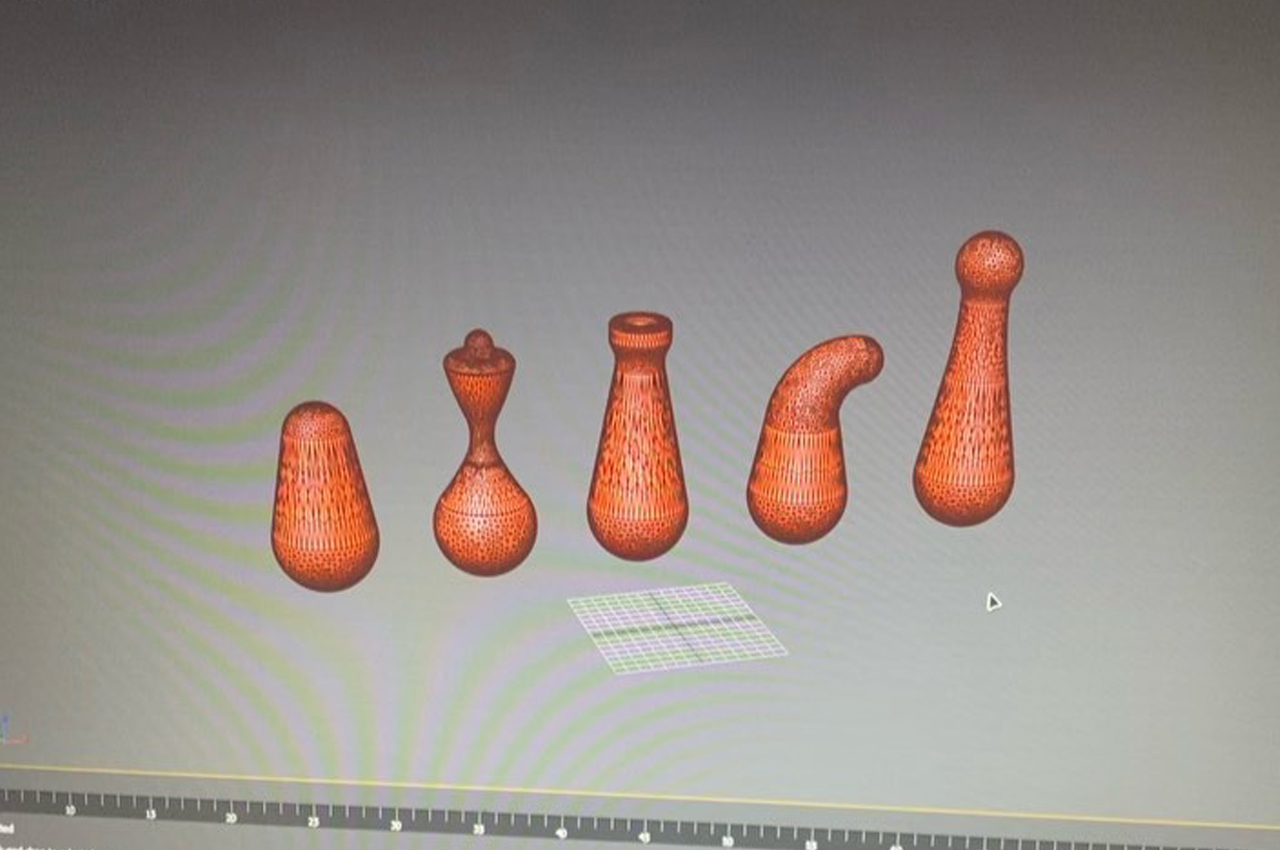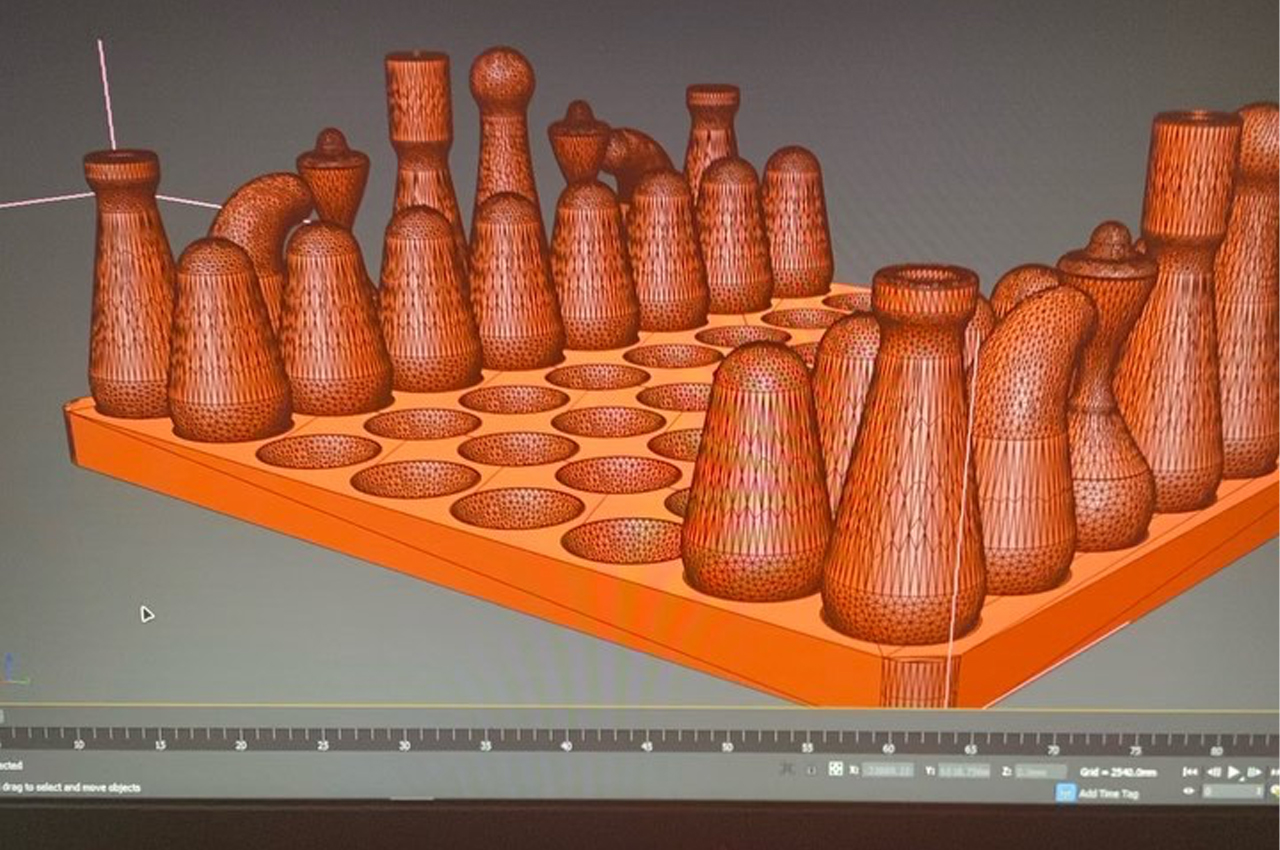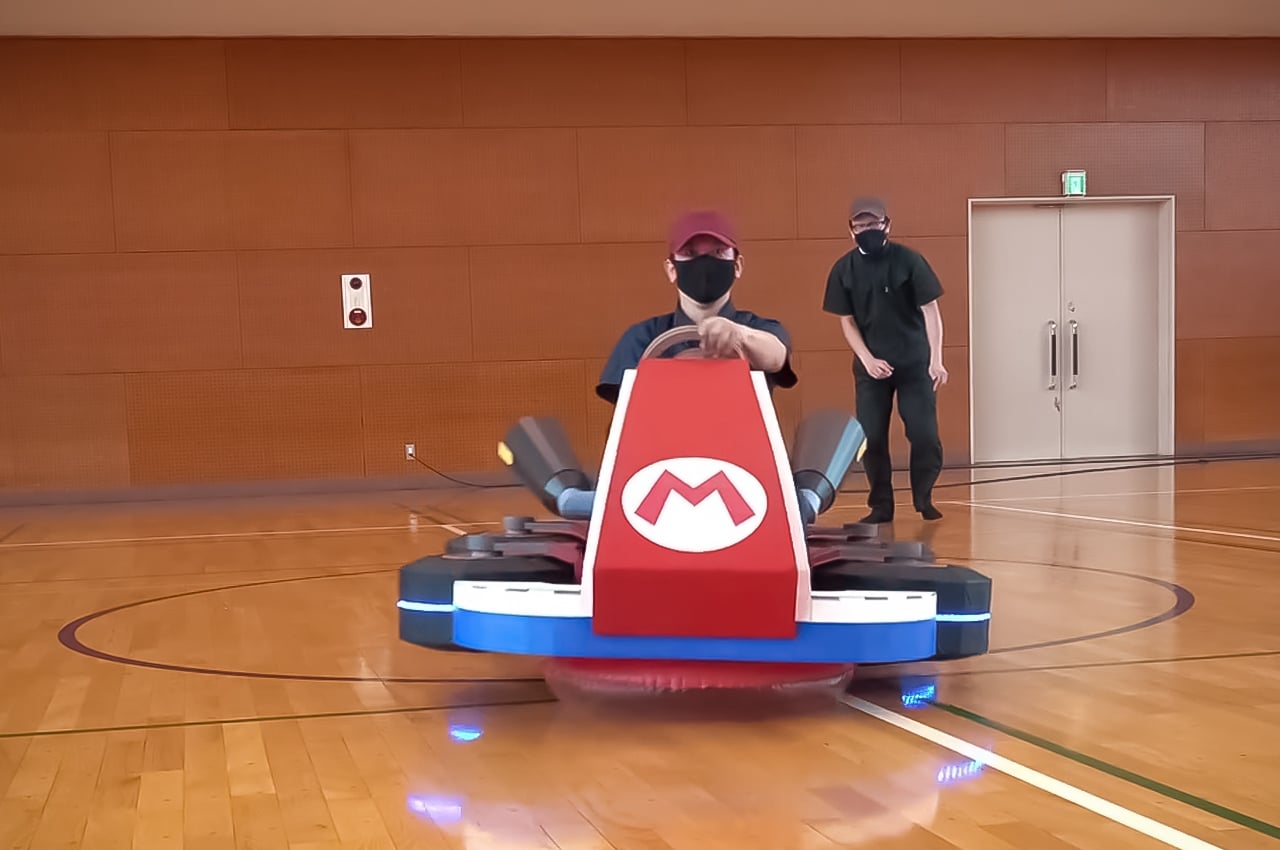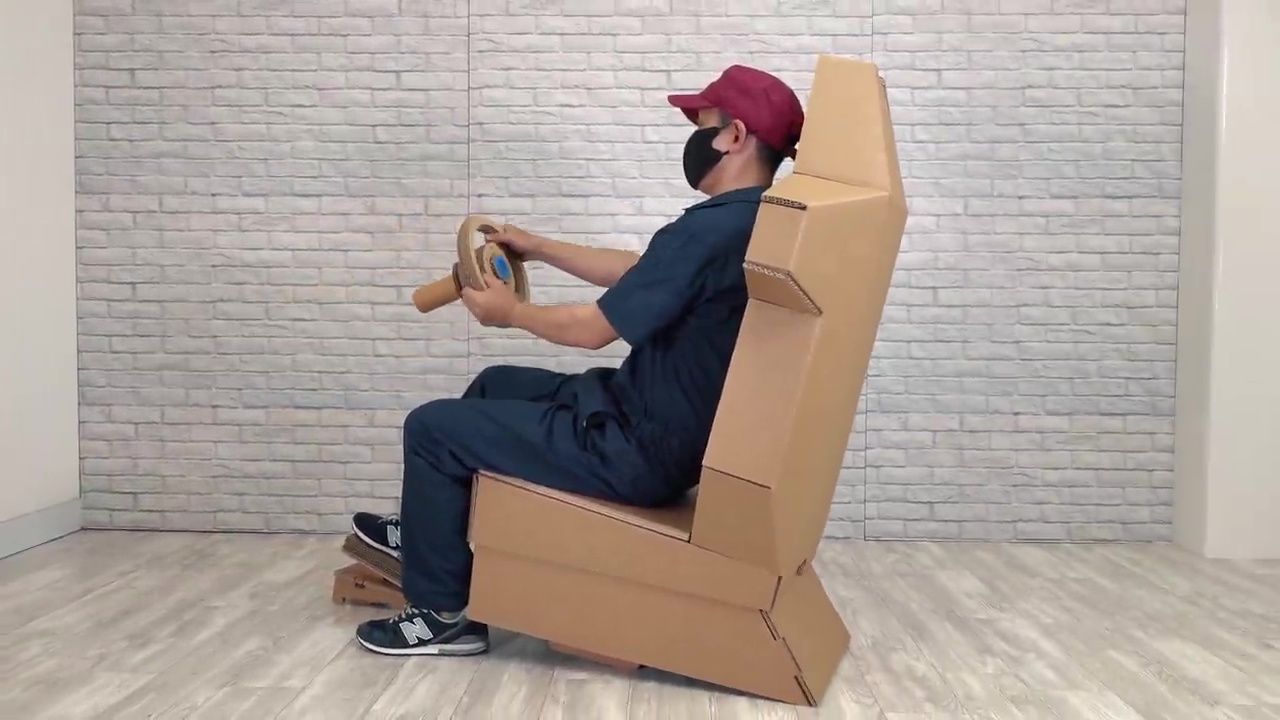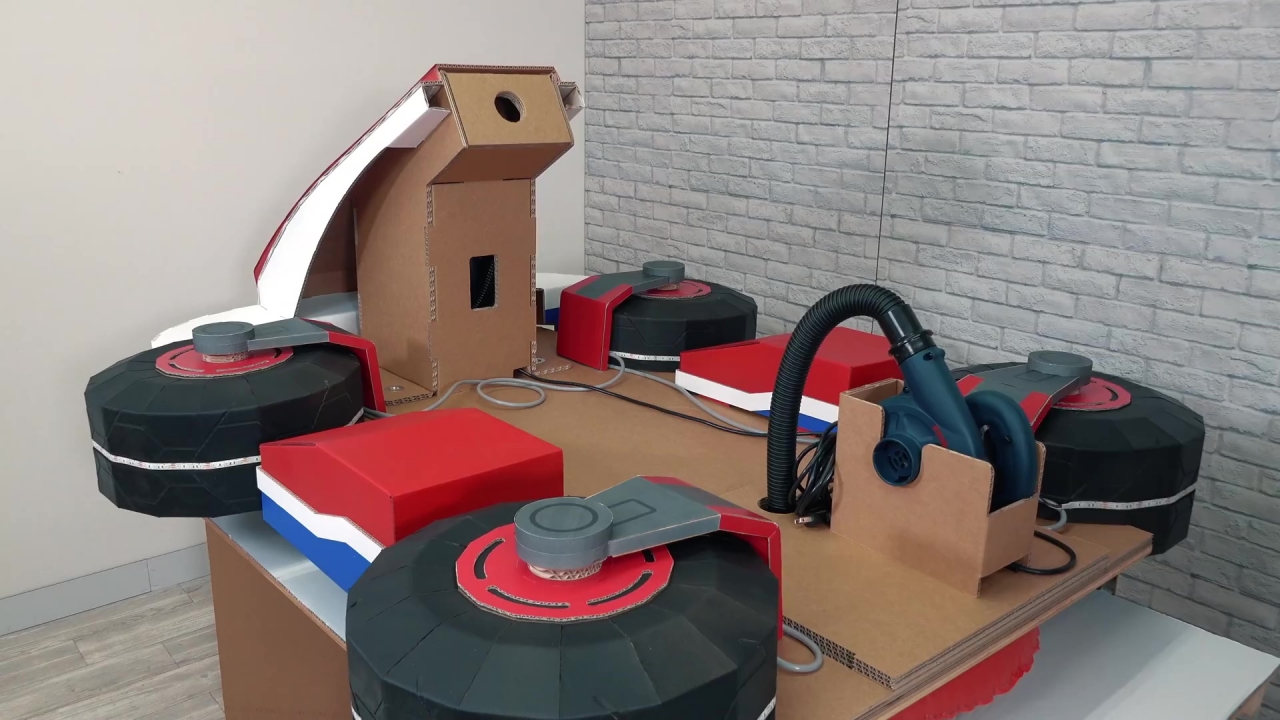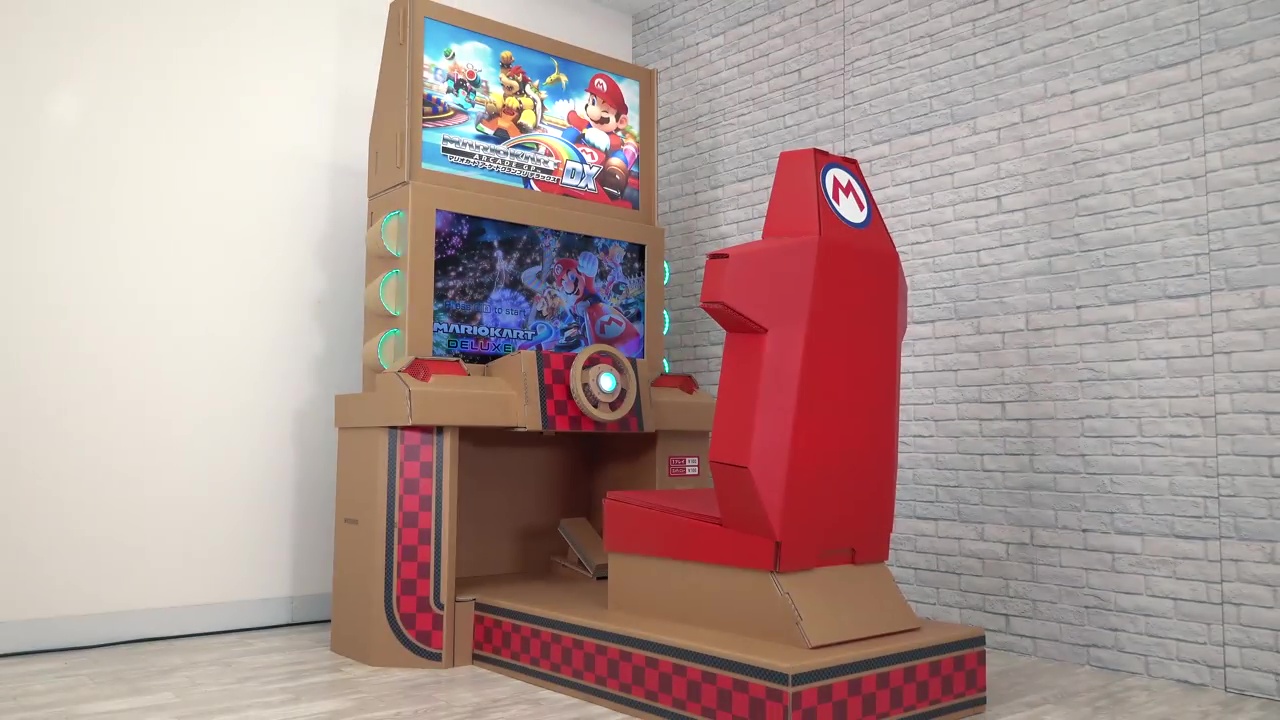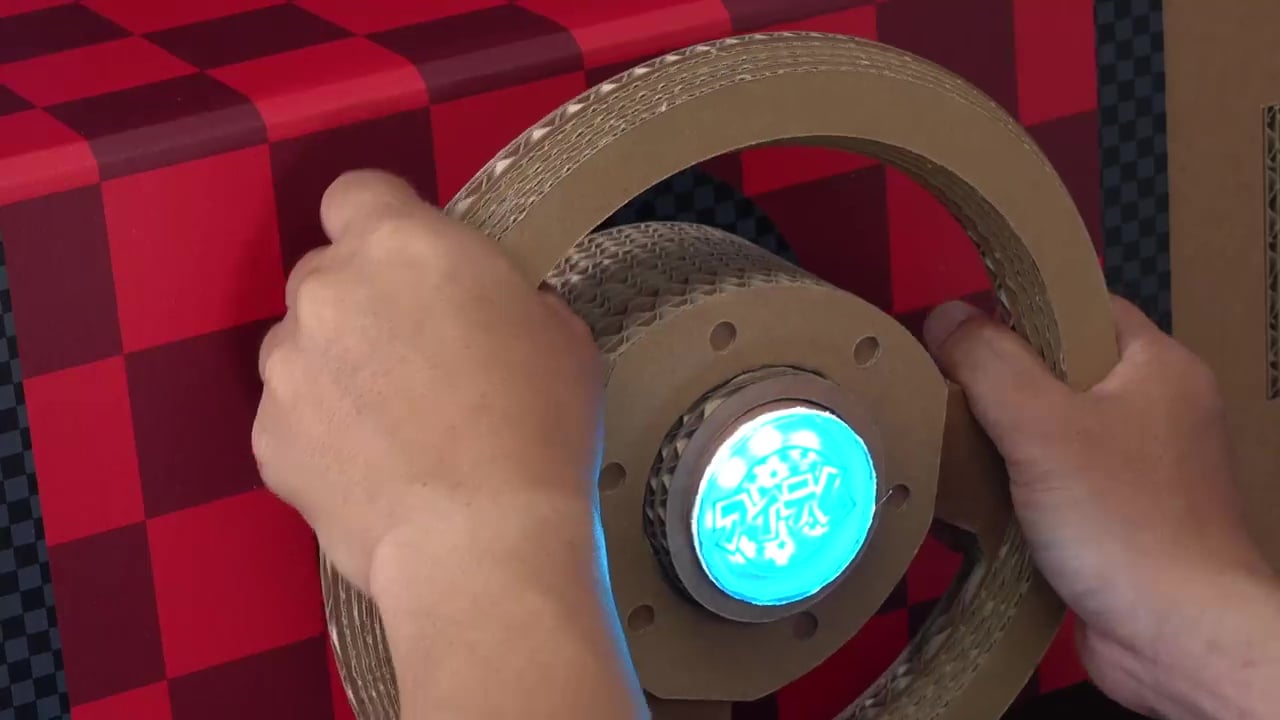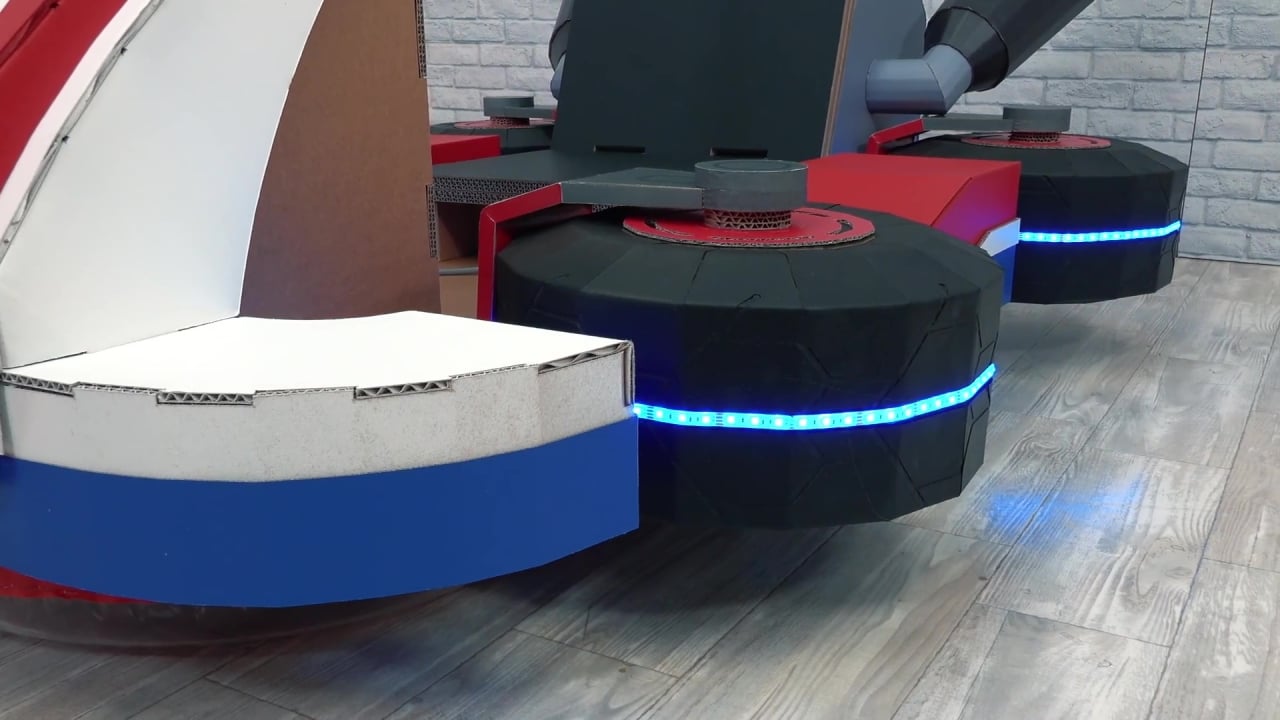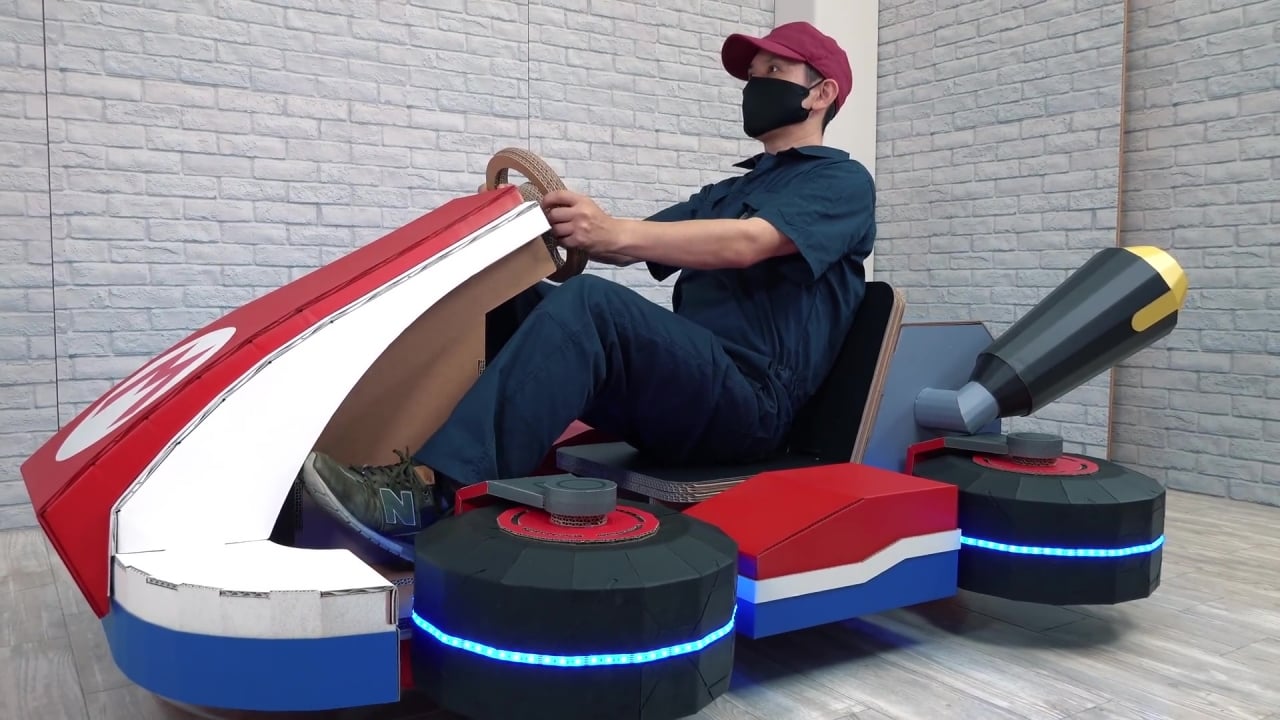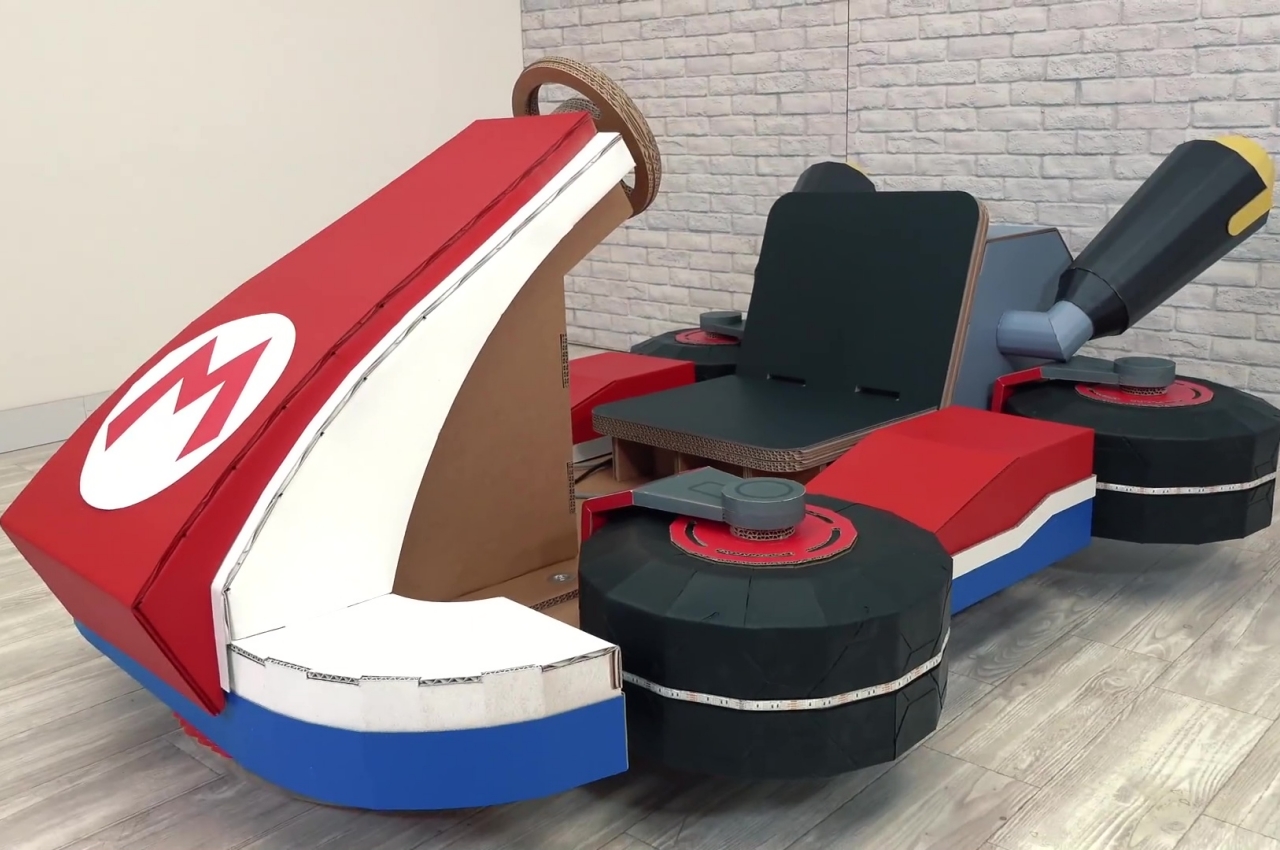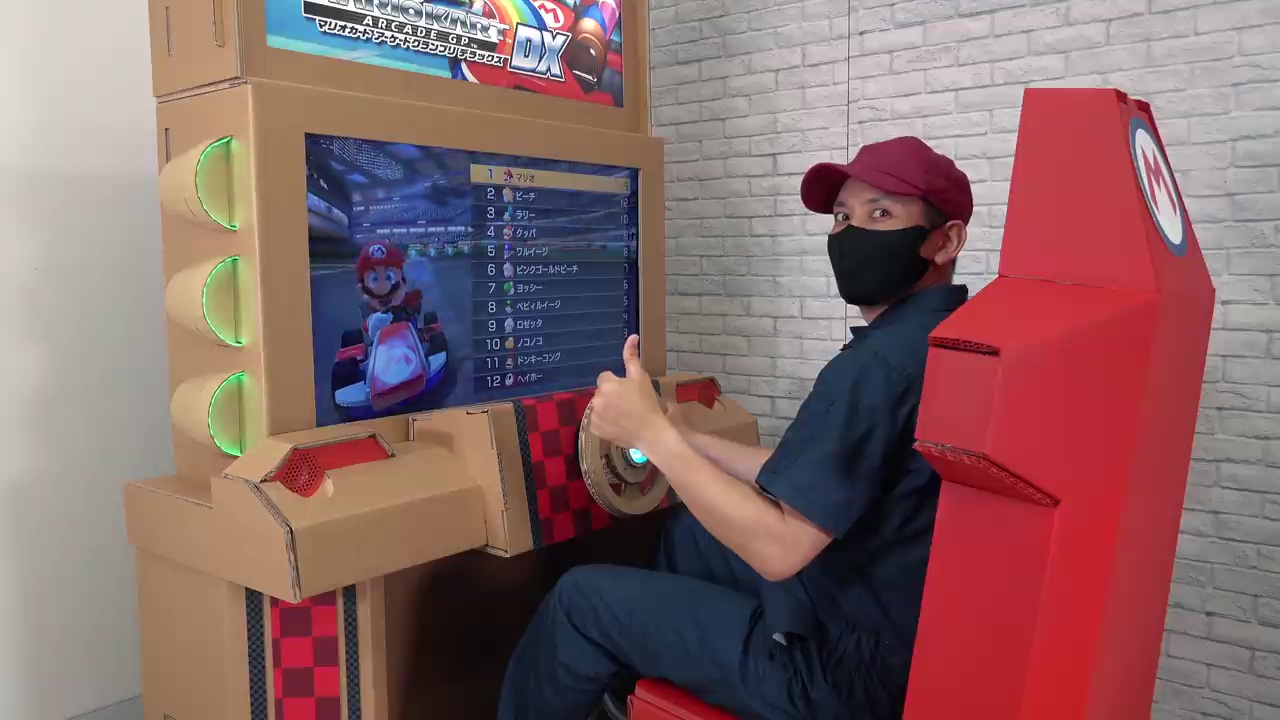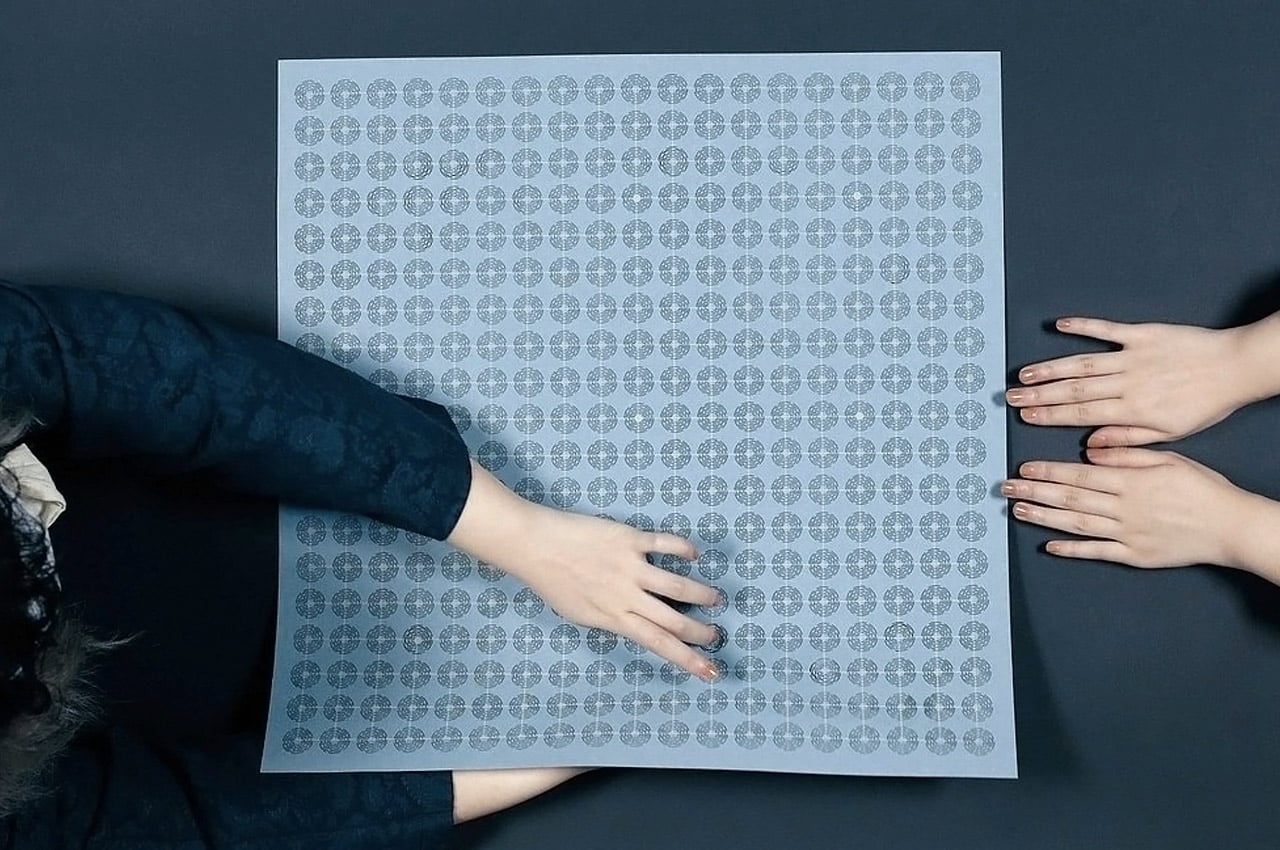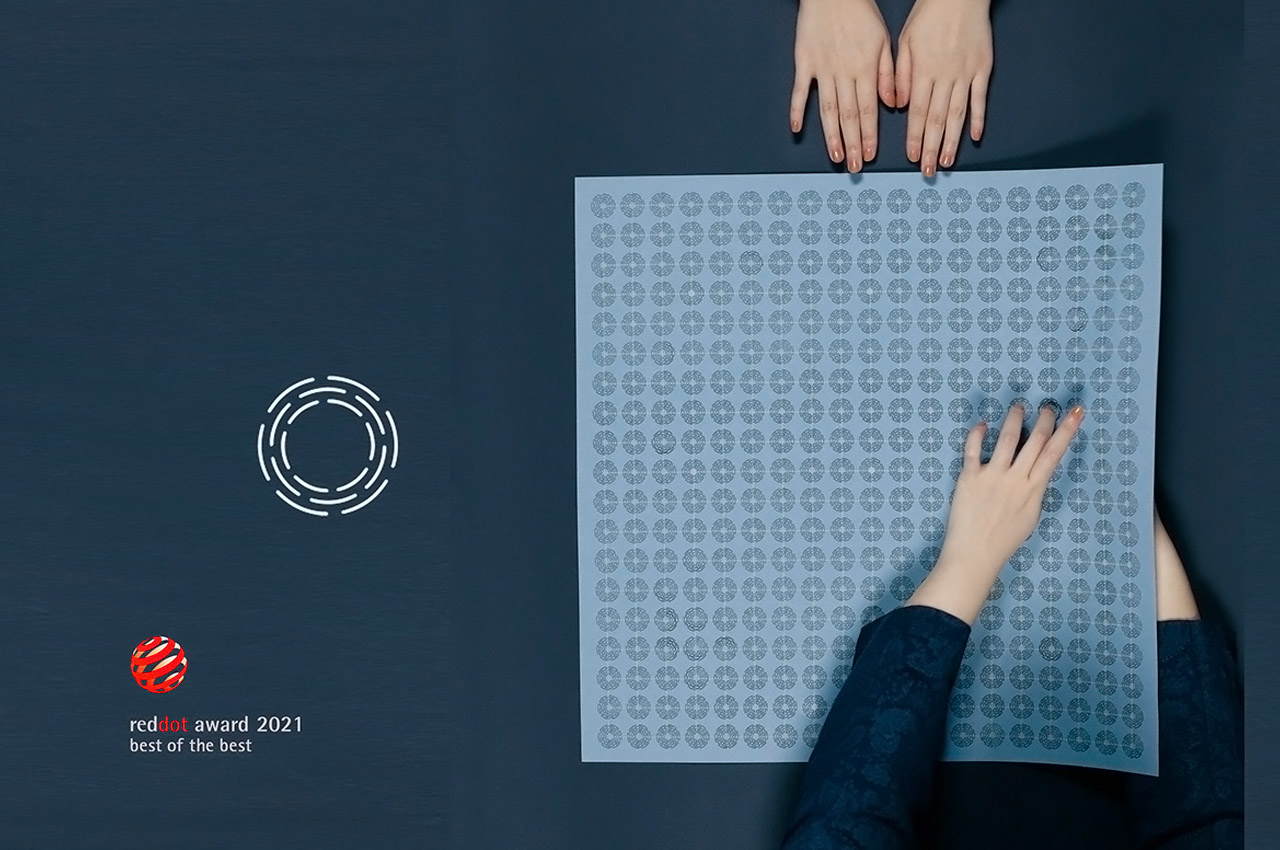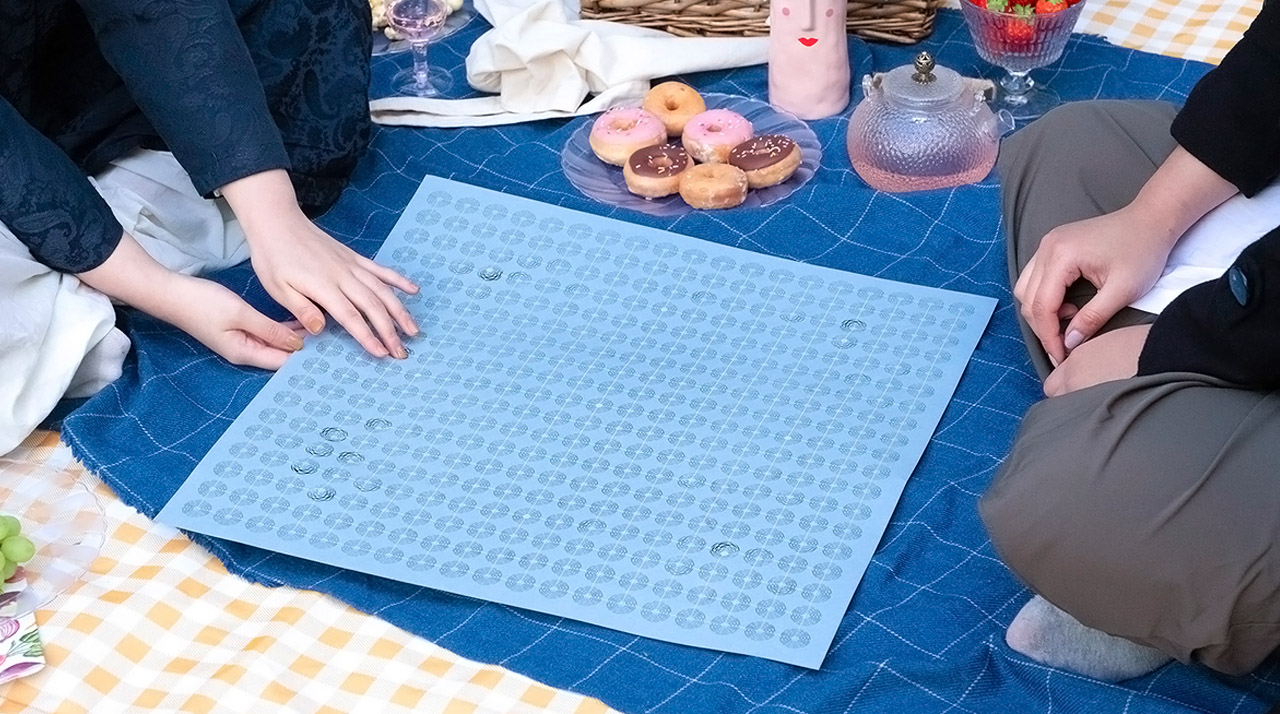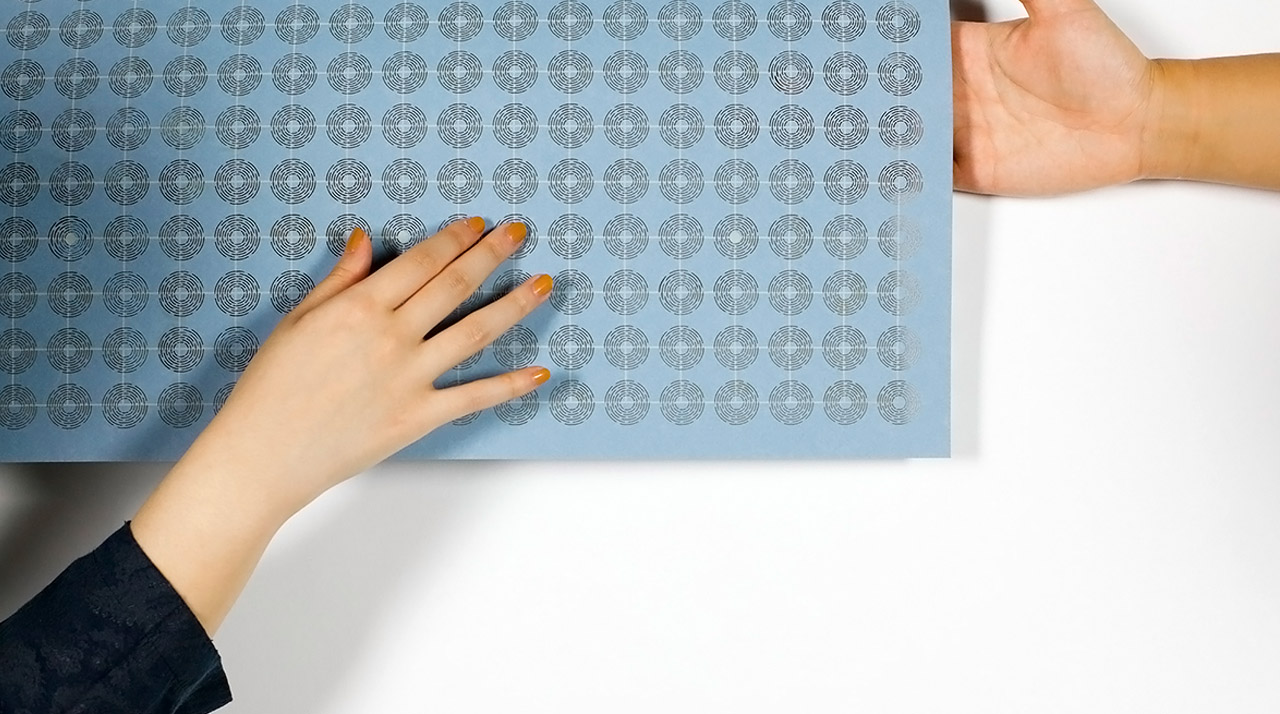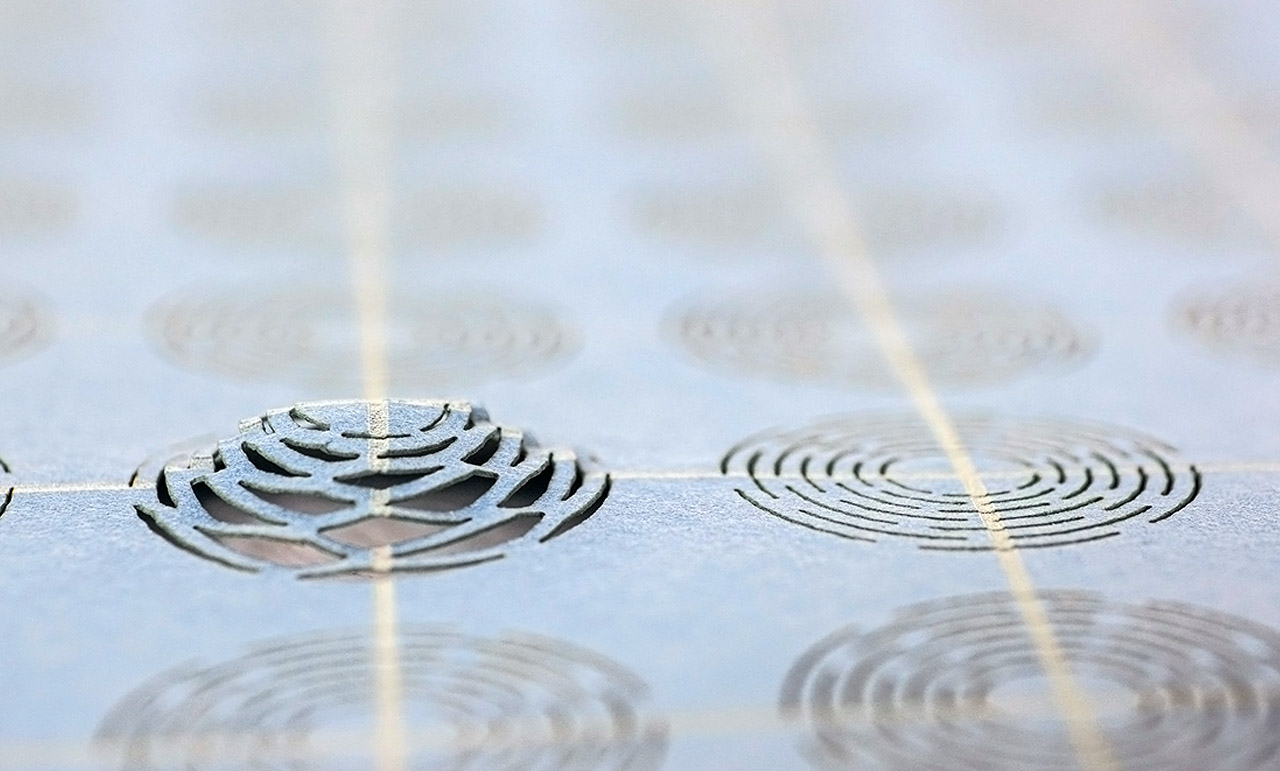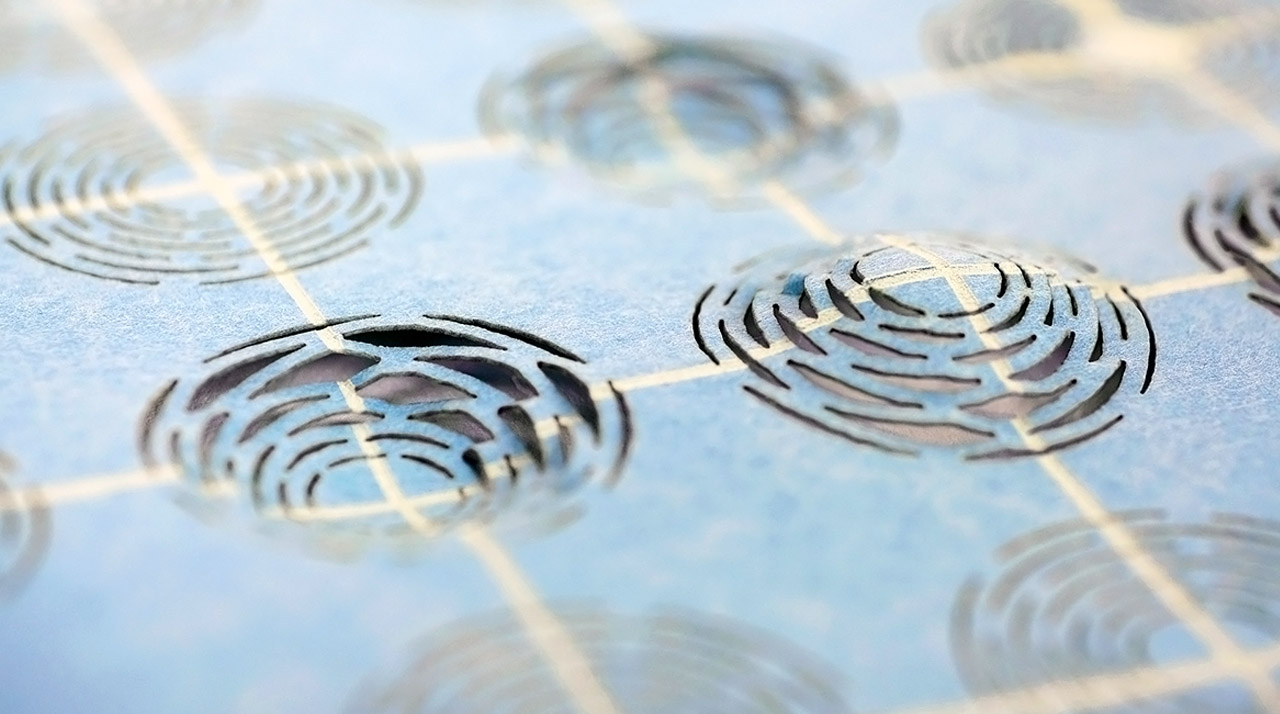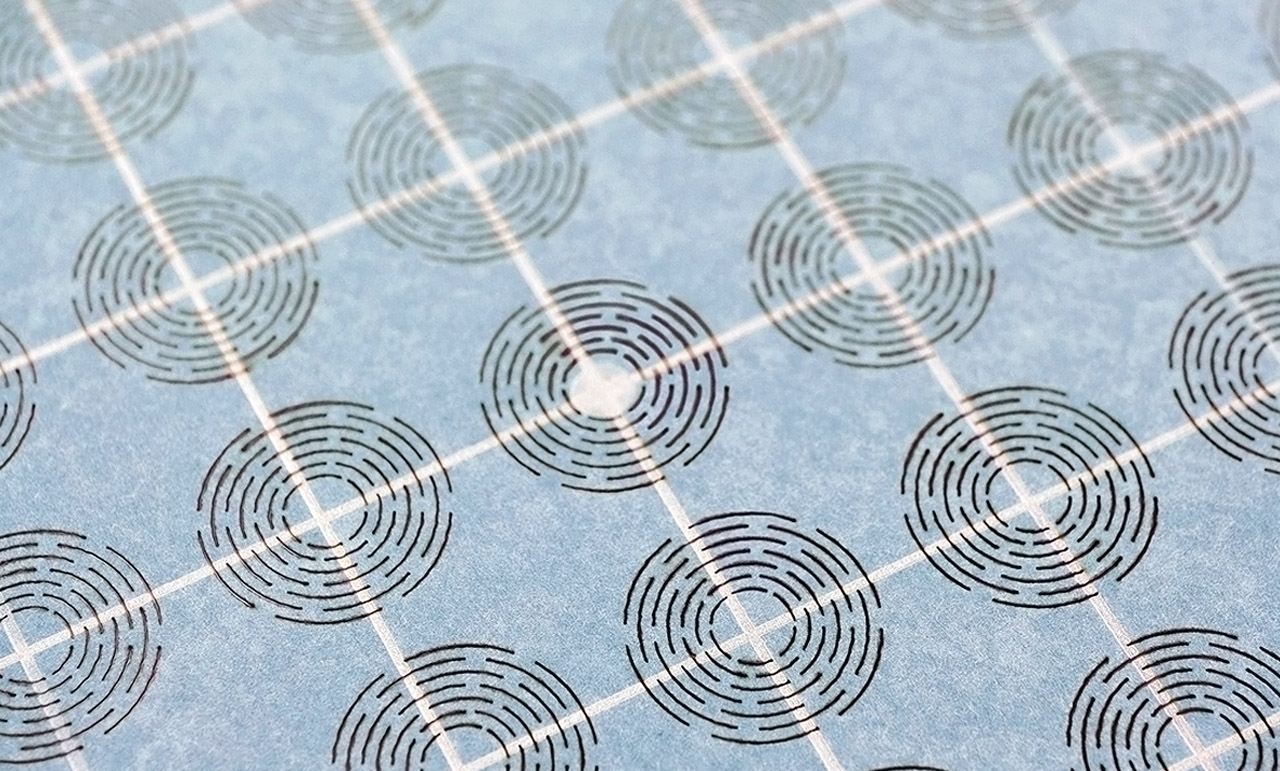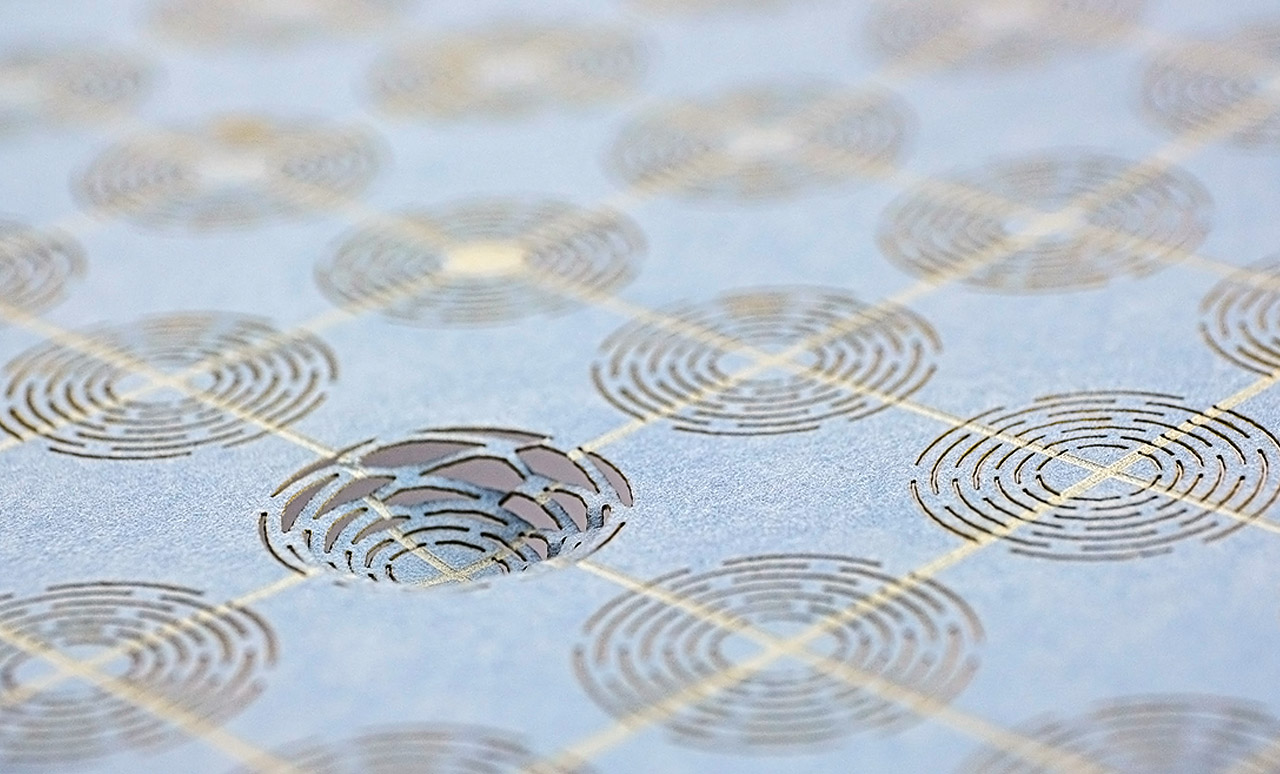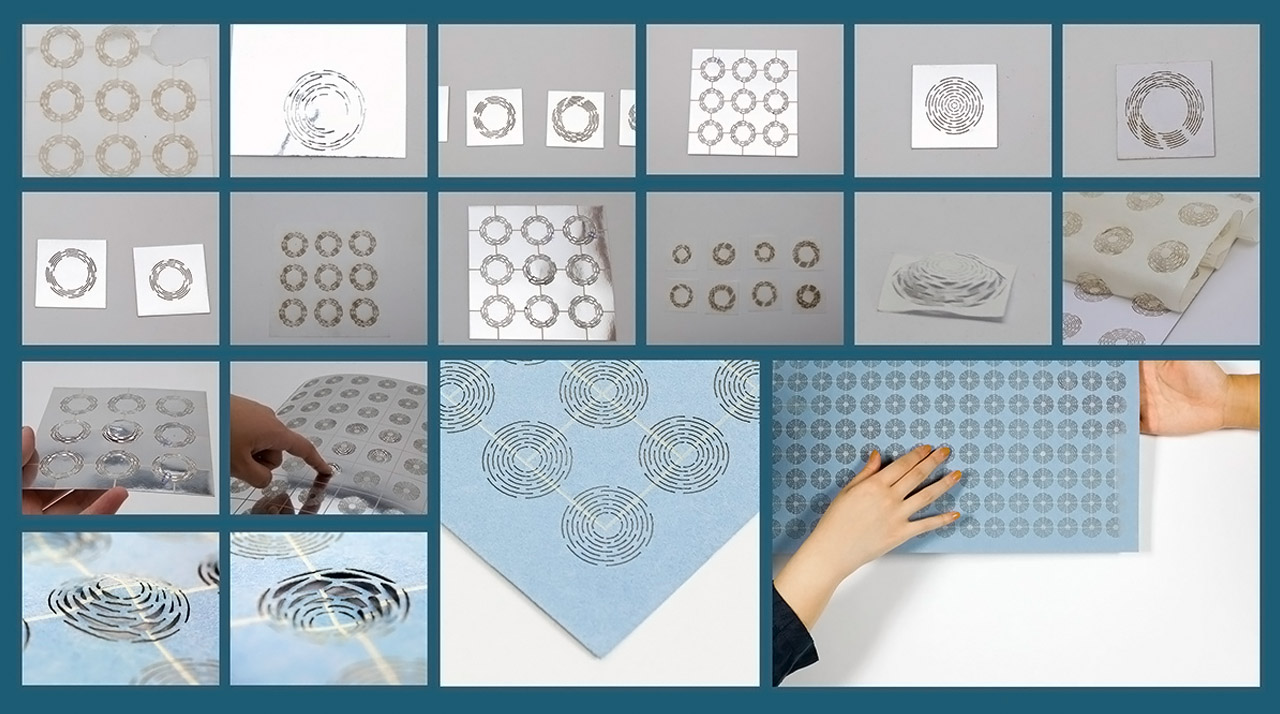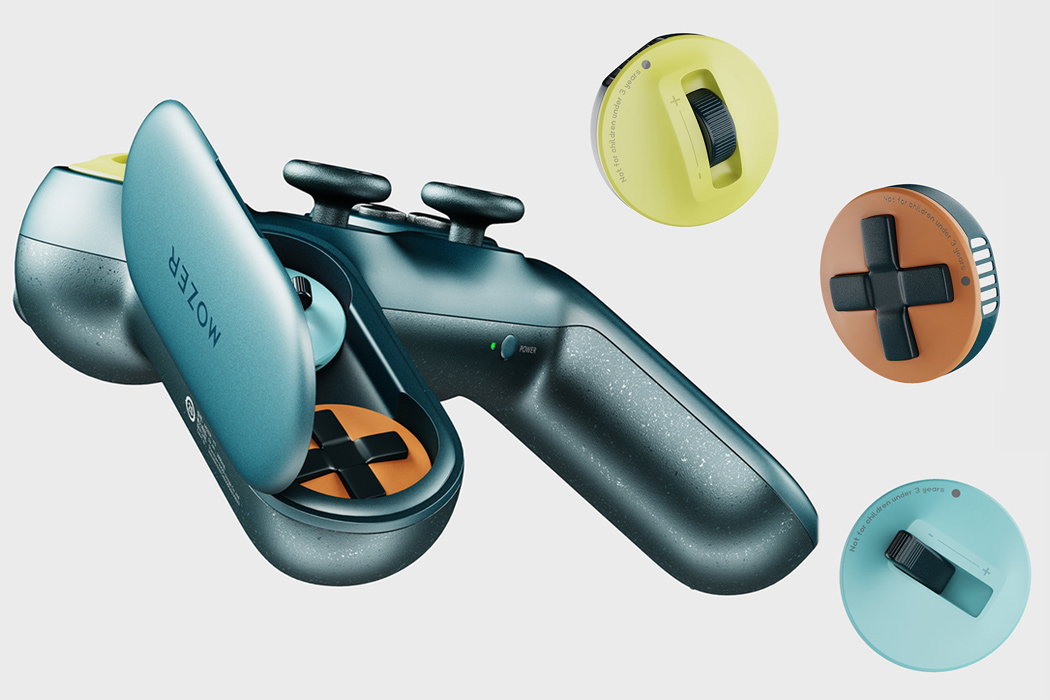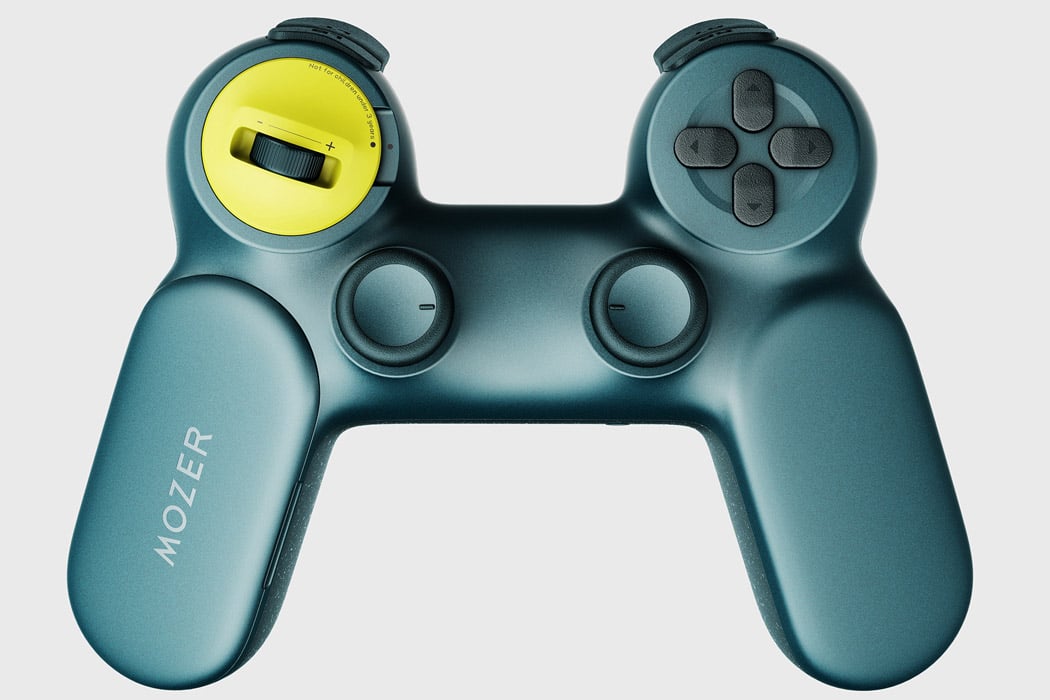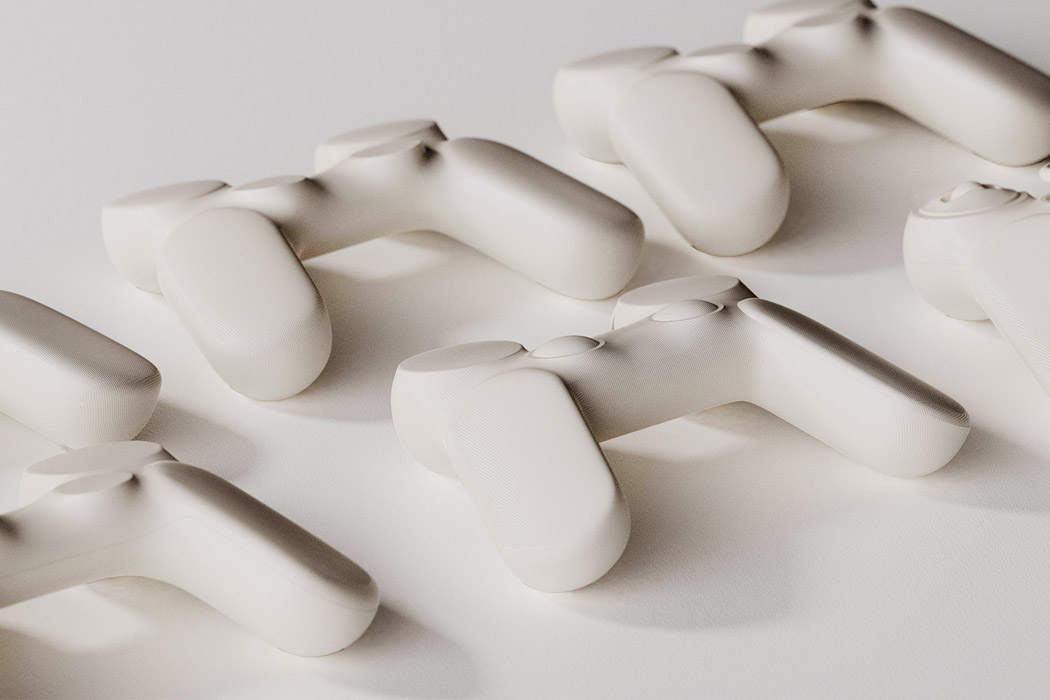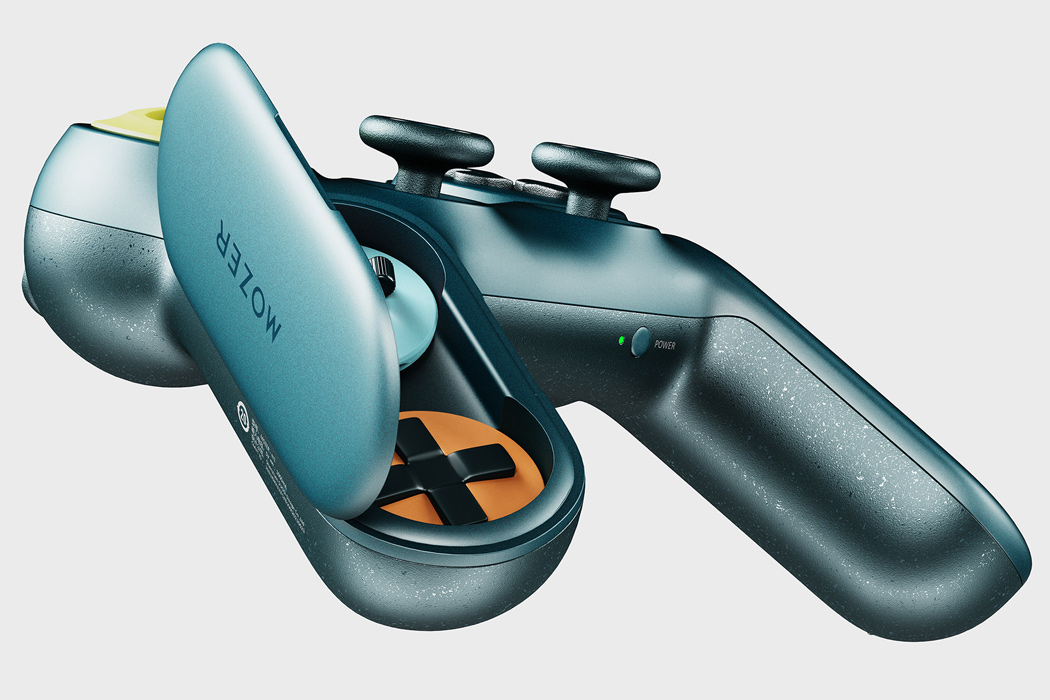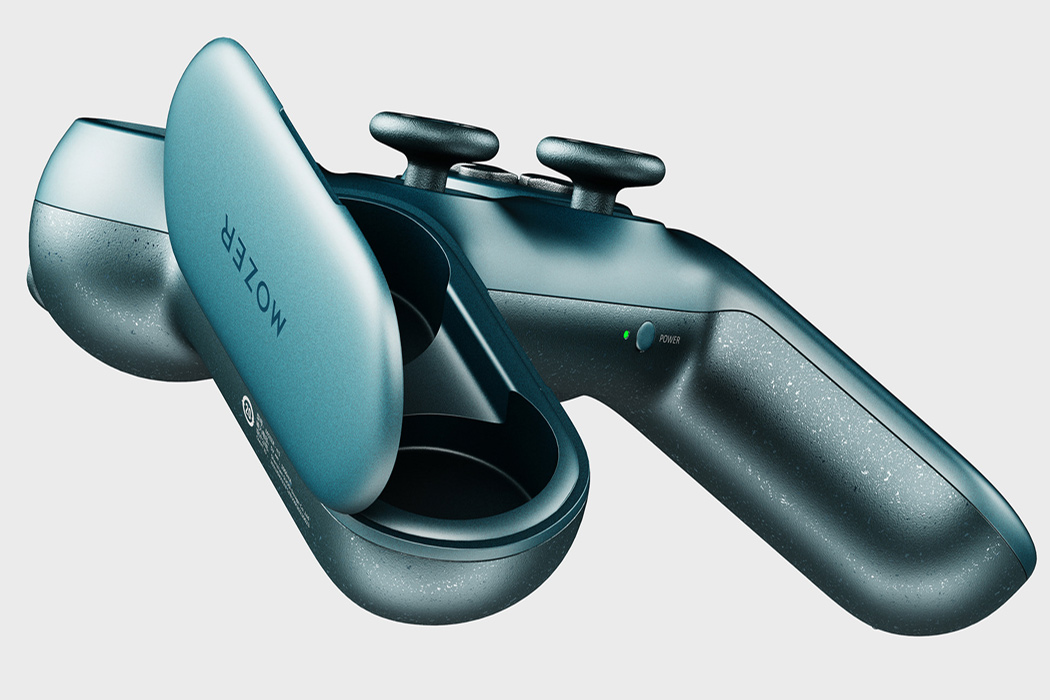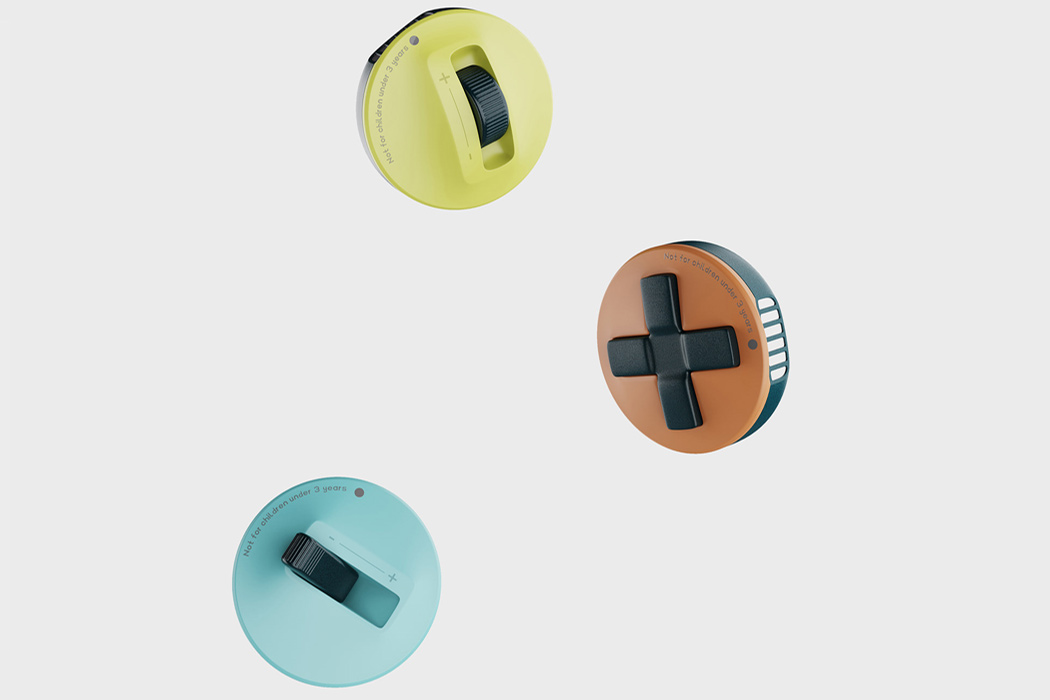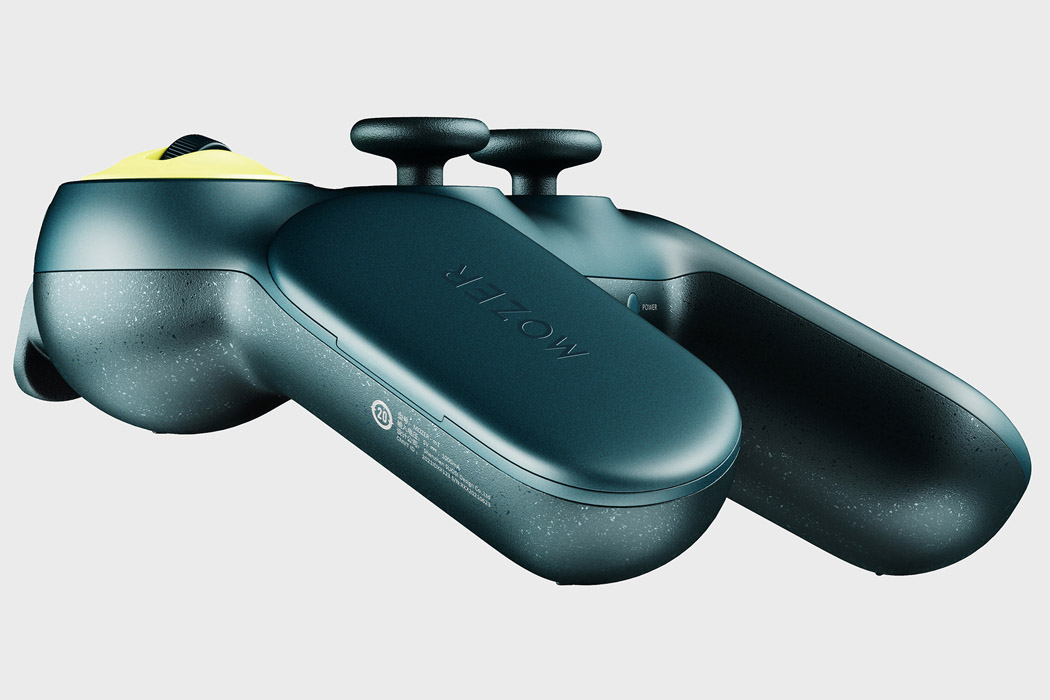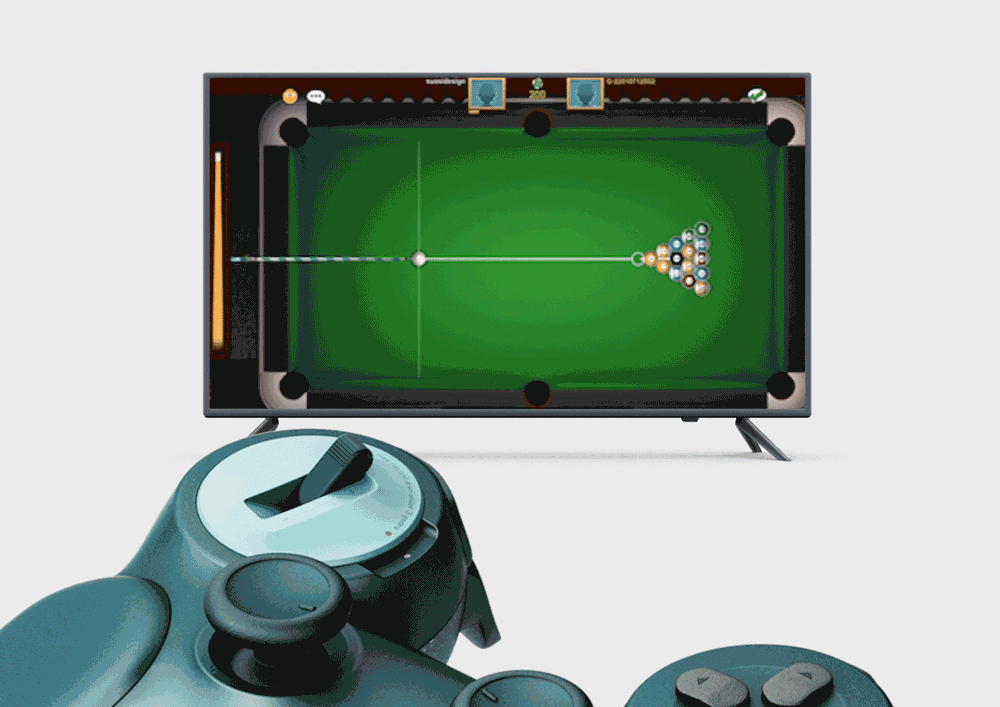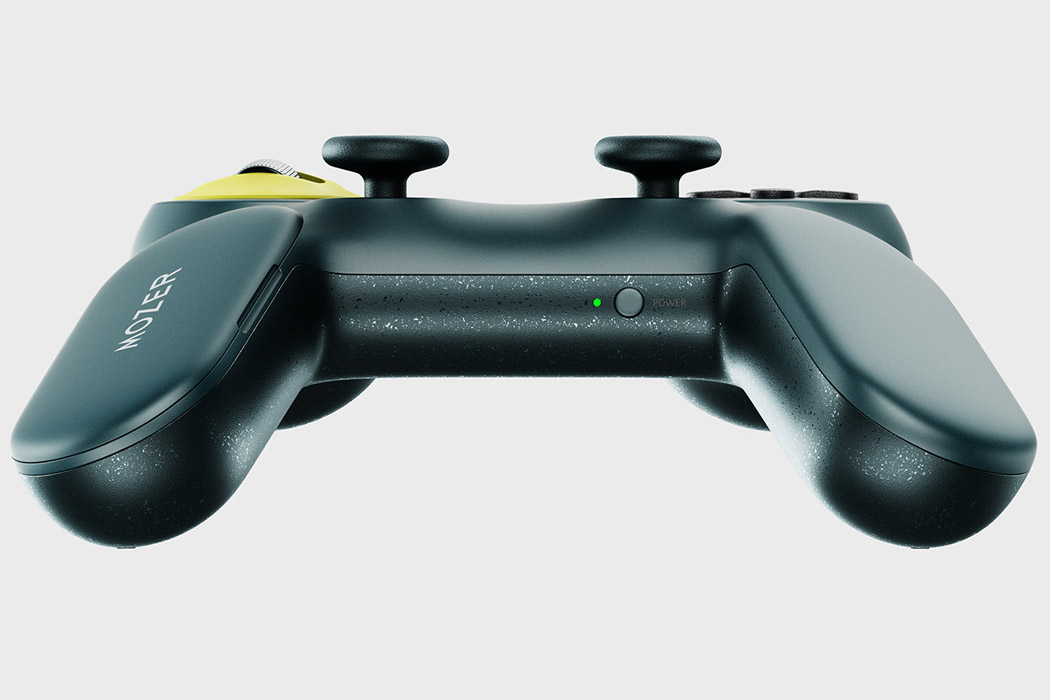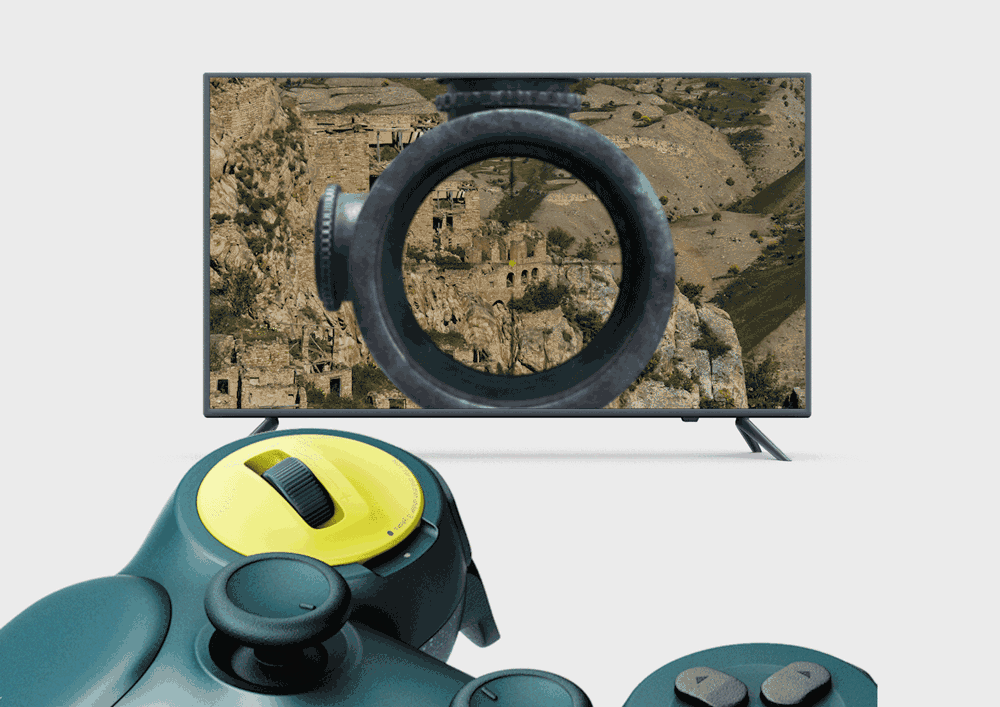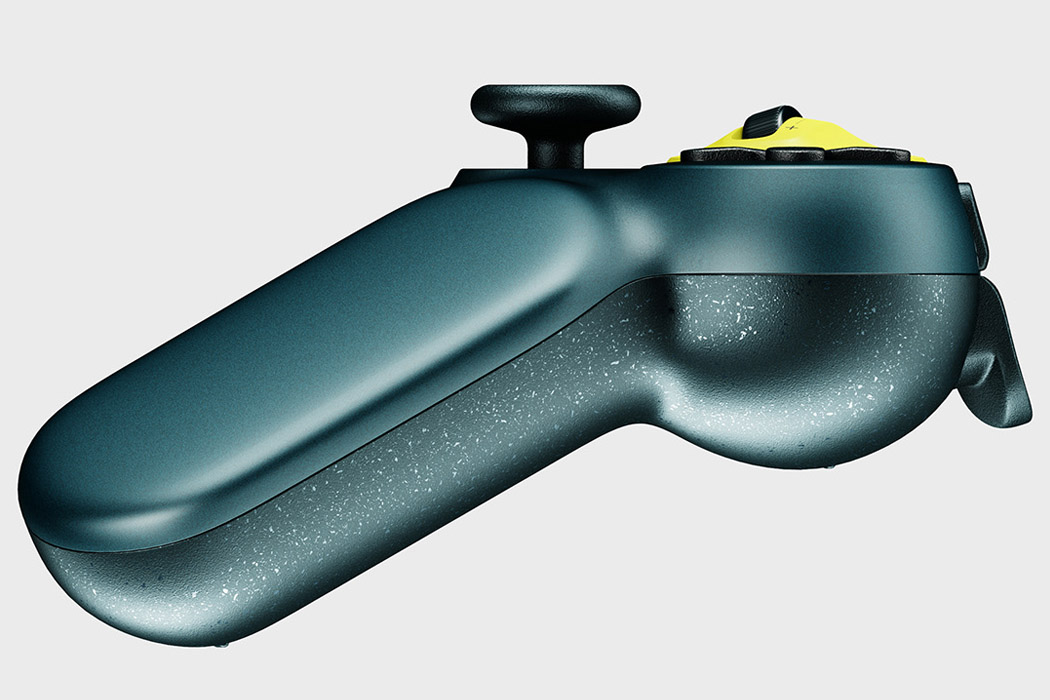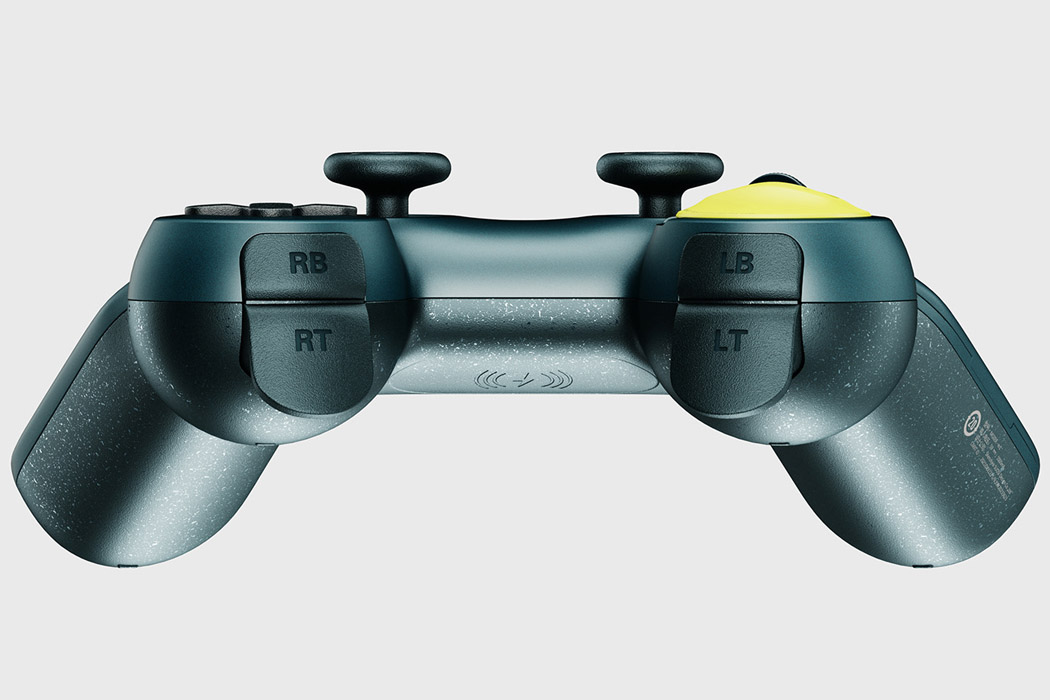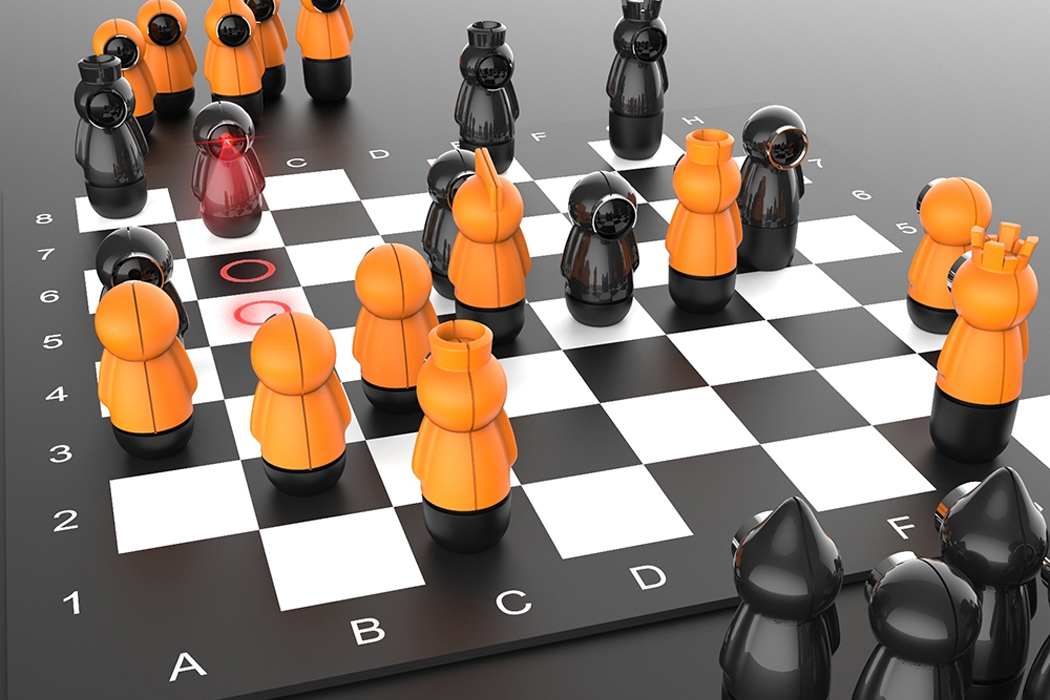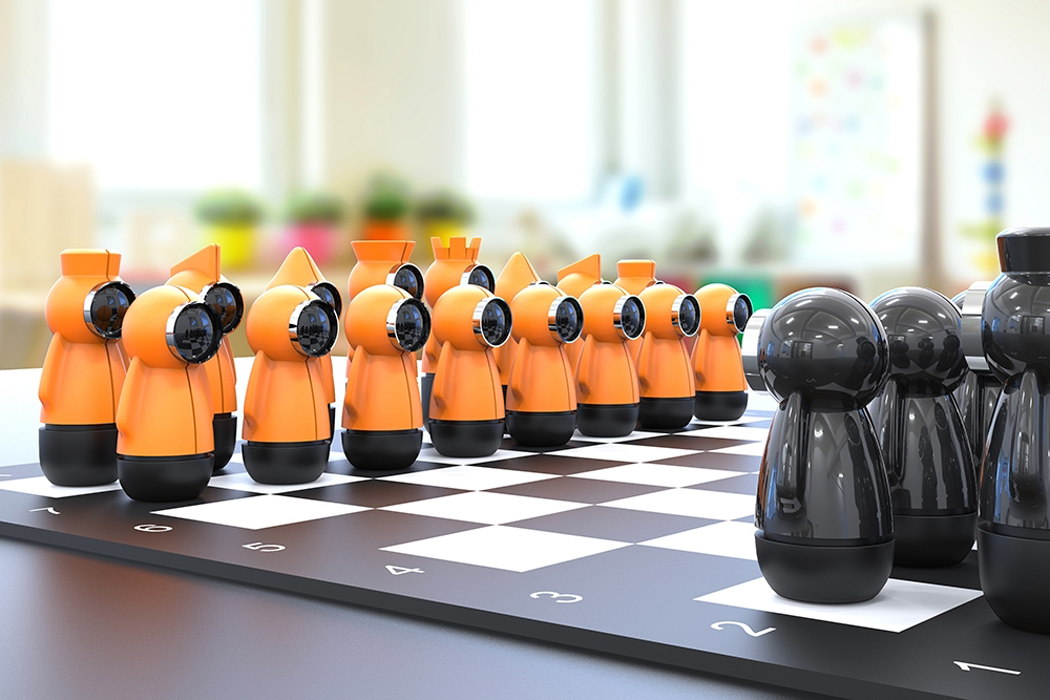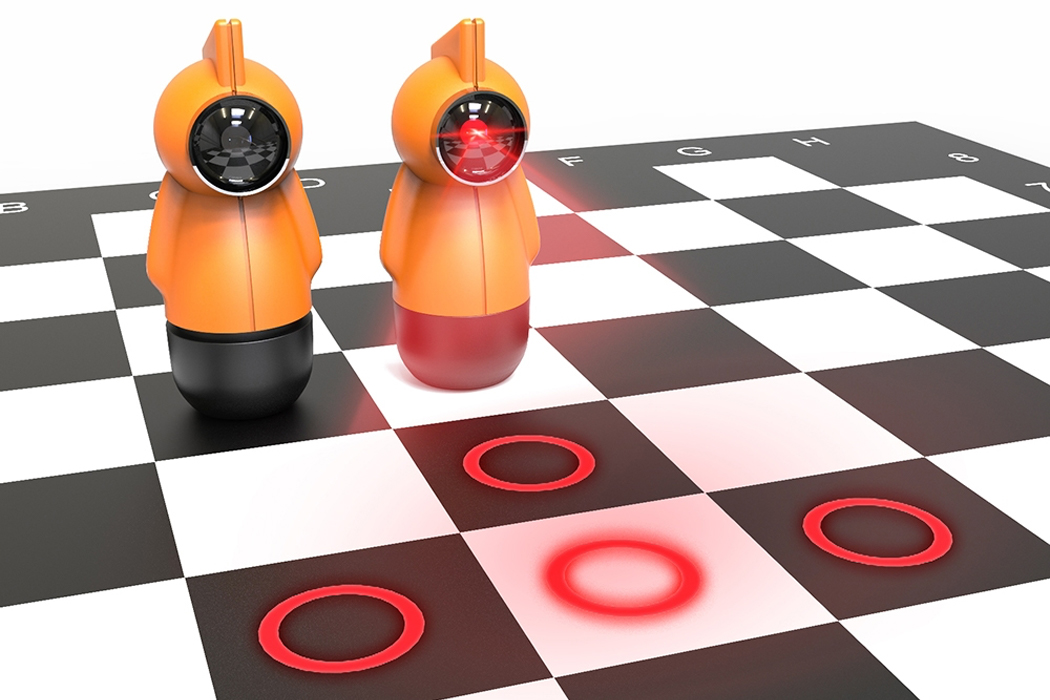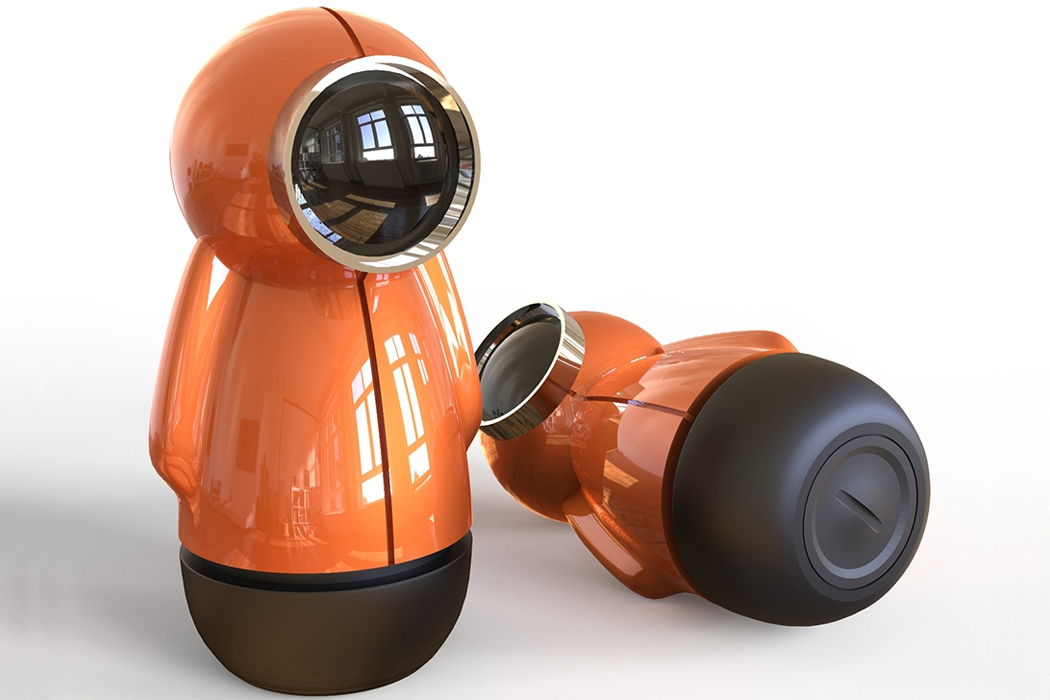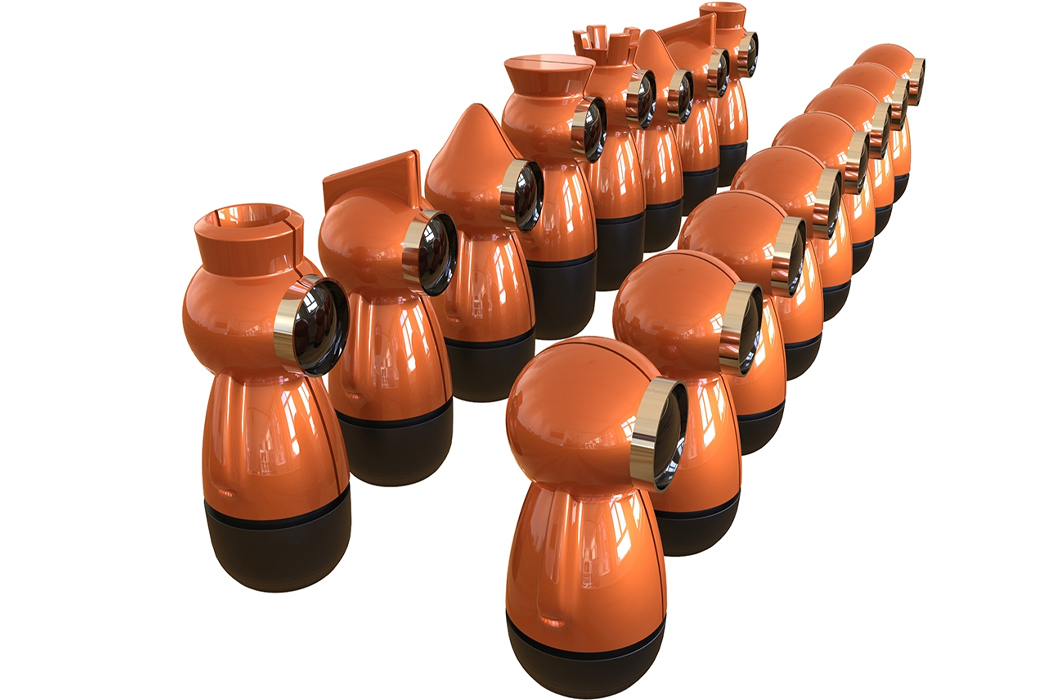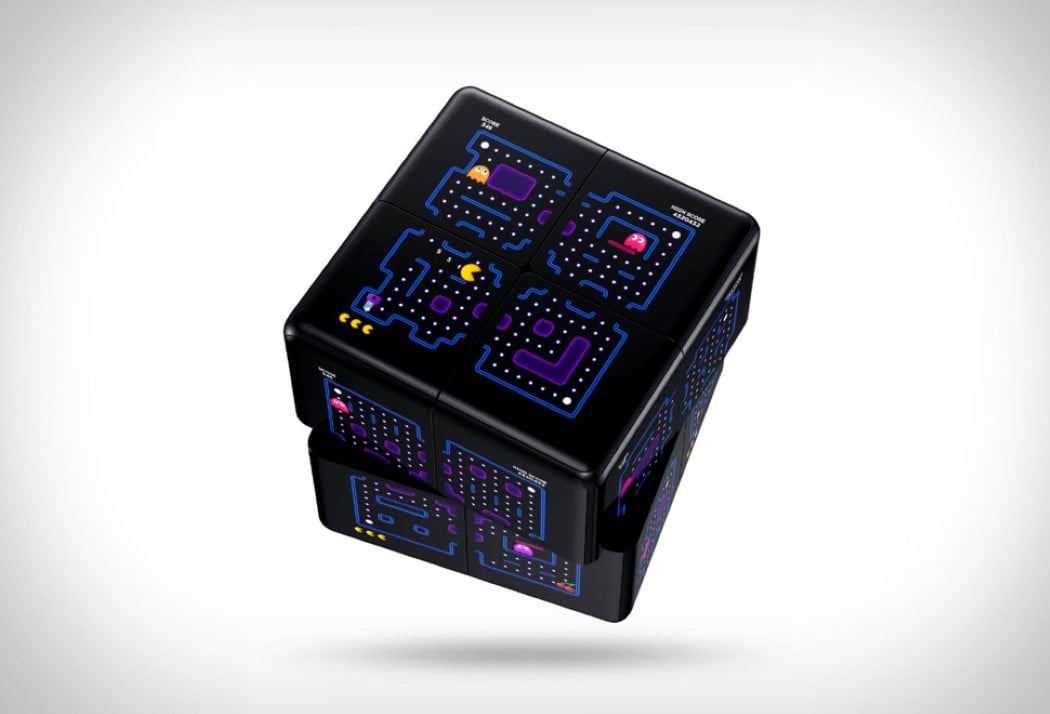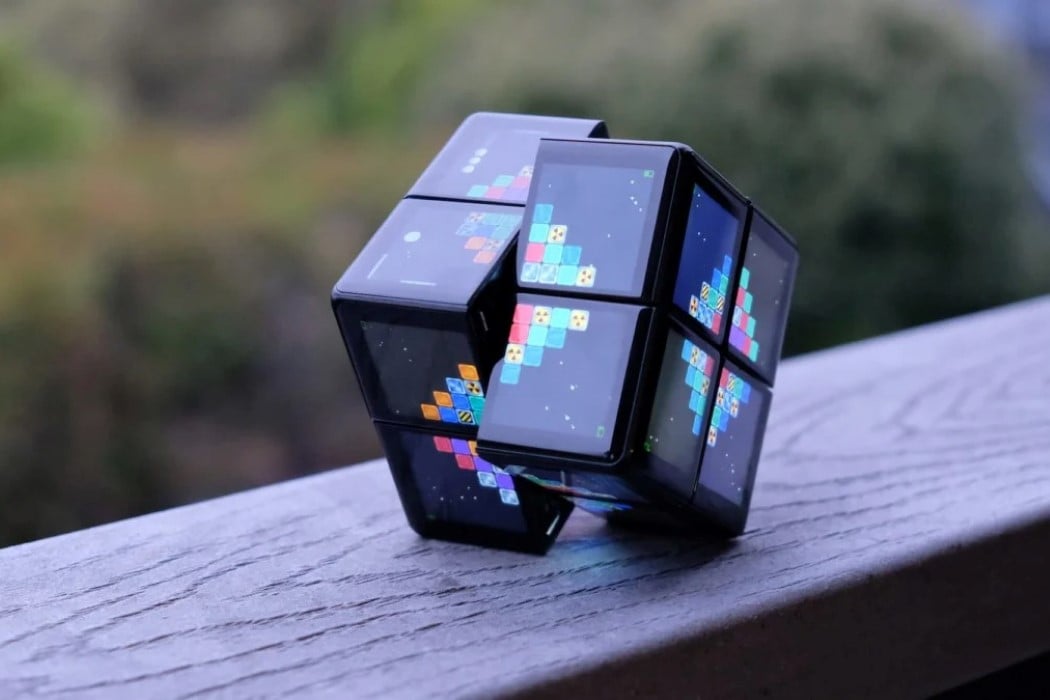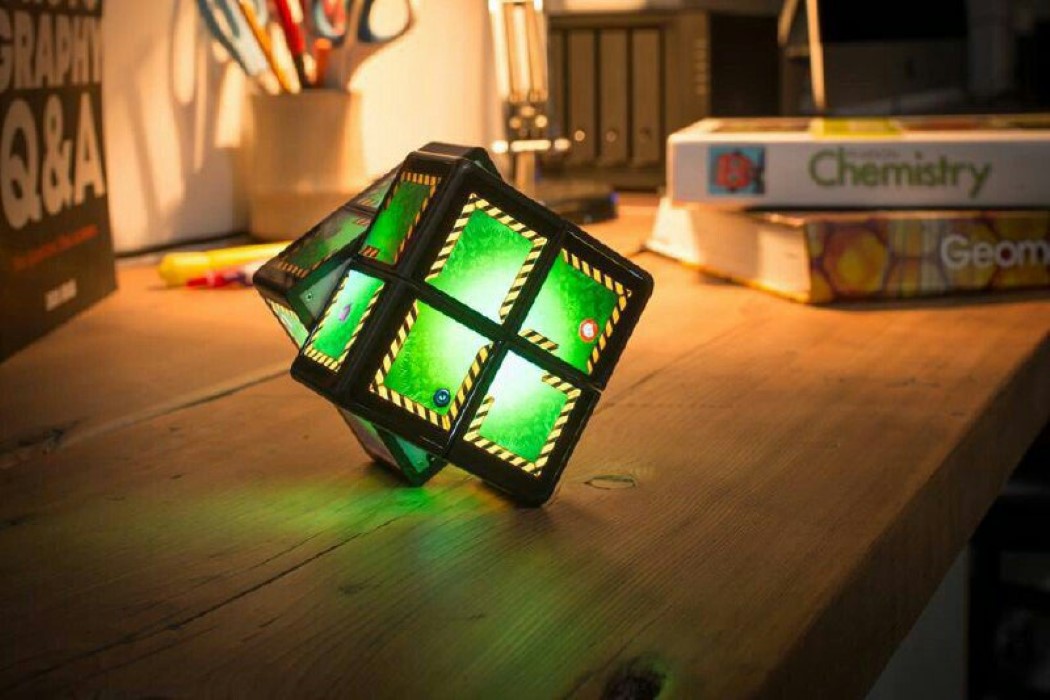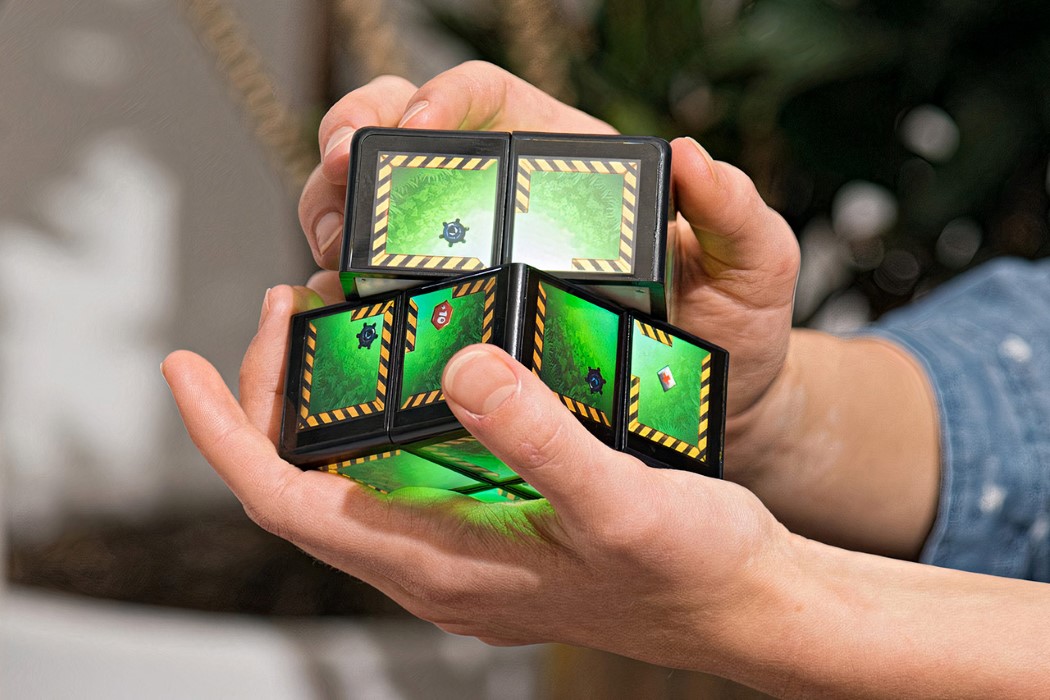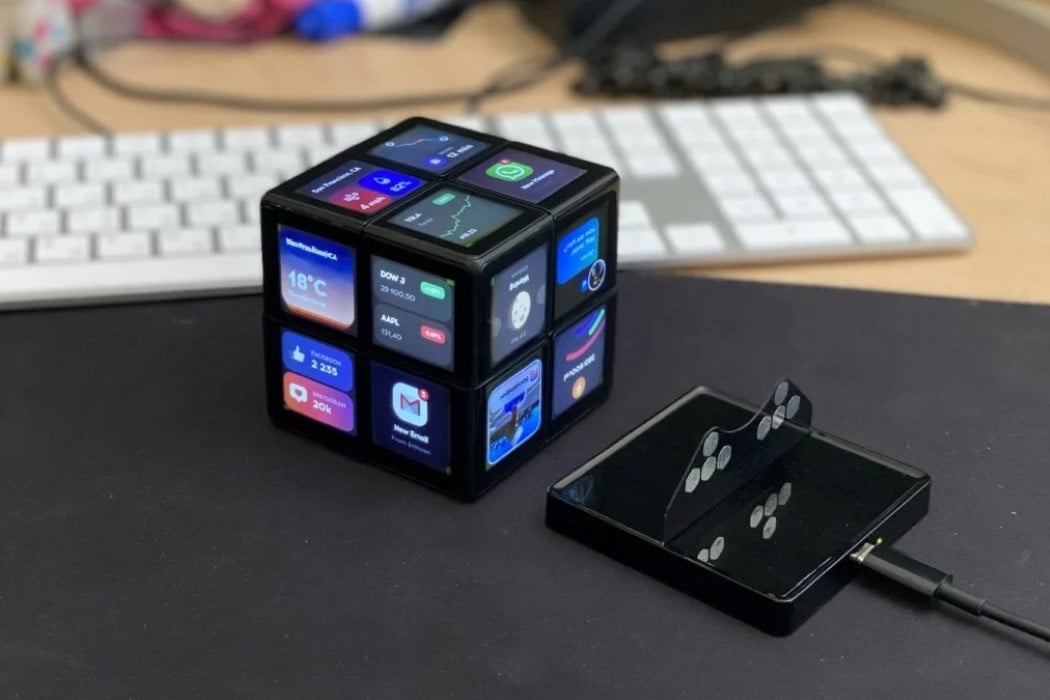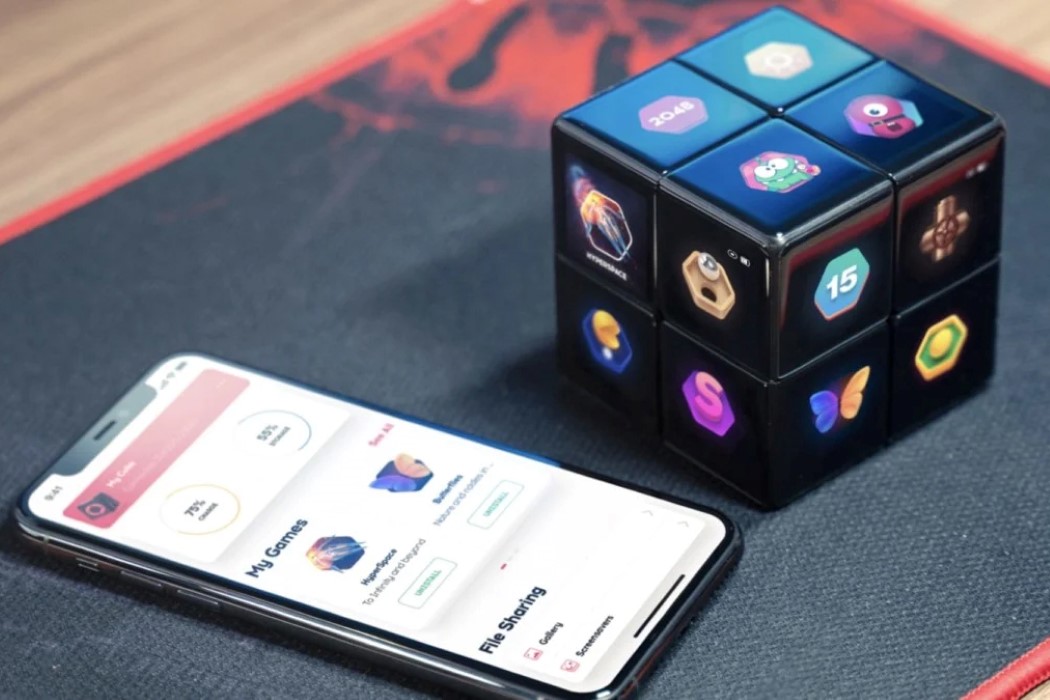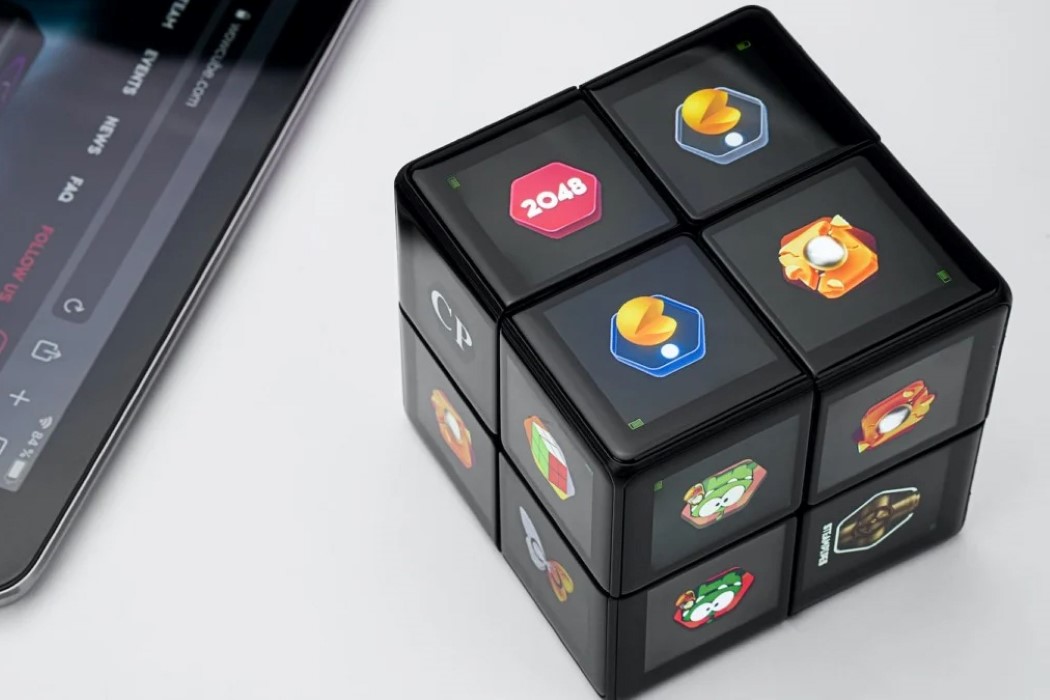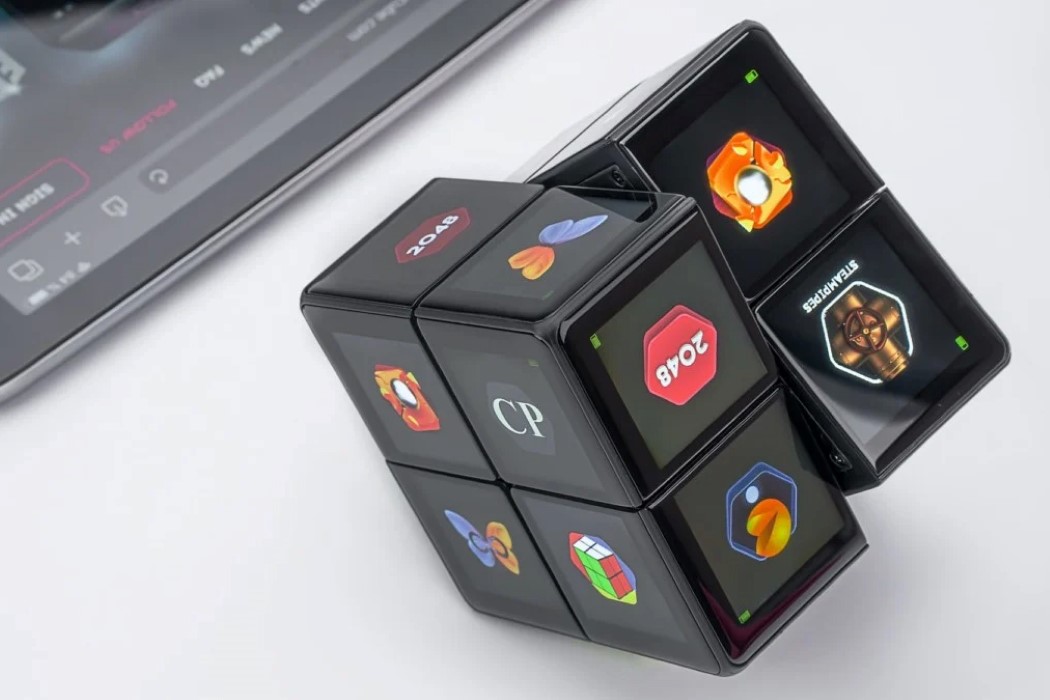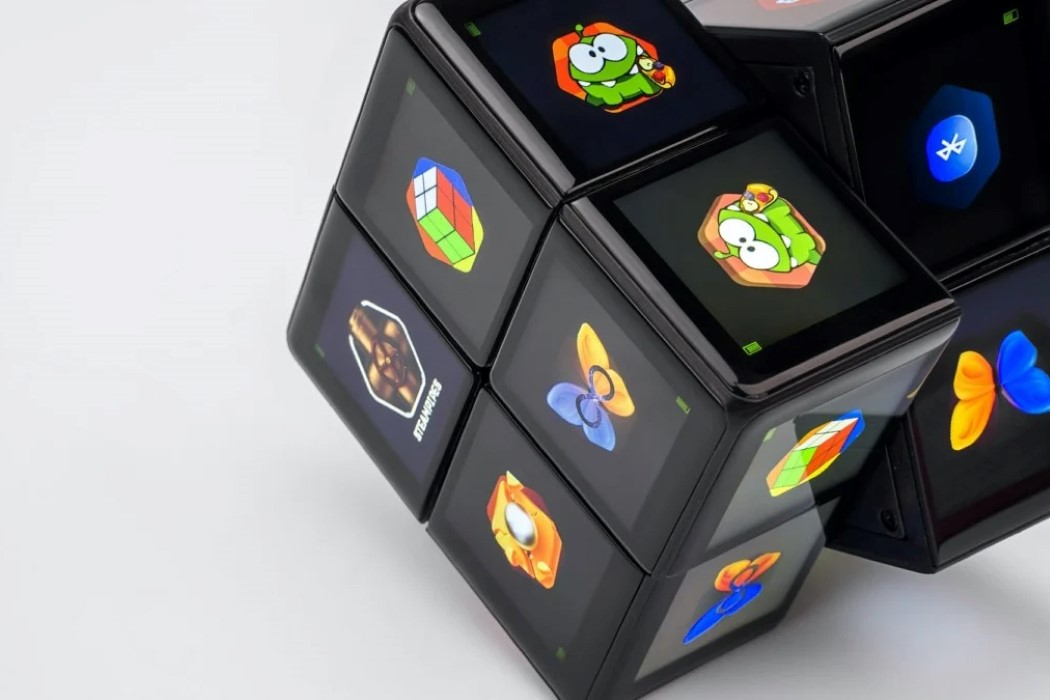The idea of LEGO sparked from bricks, the concept of Minecraft sparked from pixels – but the Souper Connect has a much stronger metaphorical background. You see, each individual Souper brick is shaped like a human with a hole in them, and a single human brick can’t stand on its own. However, fill that hole with another human brick and the two can stand together. Build on this concept and you create a self-standing self-sustaining community, reflecting the power of human connectivity and the indomitable spirit of a healthy family or society. The cleverly designed bricks aren’t just great to play with, they’re also an overall lesson that we’re stronger together than we are alone. Quite a brilliant metaphor for what’s essentially just a set of building blocks, right?!
Designer: Peter Minsoub Sim
Click Here to Buy Now: $25 $42 (40% off). Hurry, only 8/35 left!
Created by visionary designer Peter Minsoub Sim, Souper Connect brings a new dimension to building blocks. The bricks are both the characters as well as the individual blocks, making them an incredibly creative toy for children as well as for adults. They’re a great way to stay entertained, learn valuable social and moral lessons, and the fact that all the Souper Connects are different colors just teaches an incredibly powerful aspect of human society – that people are different but they can still come together to build and grow.
“These blocks offer a minimal and identifiable form that inspires imaginative play, collaboration, and with enough pieces can bring out the building engineer in any of us,” says Sim, who co-founded Souper Studio – the company behind the Souper Connect blocks. Each block is shaped like an abstract human, with two arms, two legs, a slight stub for a head, and a hole running through the chest. Two ‘humans’ can be connected simply by plugging an arm into the chest hole, bringing them closer together, but also giving you the ability to make complex shapes and forms. The overall gist is no different from LEGO, and you can use Souper humans to make a variety of shapes from towers and bridges to crowns. However, there’s also a unique fidget quality to the human bricks too, and they make rather decorative pendants for necklaces or bracelets.
Each Souper Connect is 1.9 inches tall, 2.4 inches wide, and 0.8 inches thick, making them incredibly safe around younger children too. The human bricks are molded from polypropylene plastic, making them incredibly durable and long-lasting, although there’s the ability to get them in aluminum too, sort of as a more premium toy for collectors. The bricks come in either a single unit as a keychain (or double if you choose the aluminum variant), or in playable sets of 12, 36, and 72, featuring an entire colorful bunch of Souper humans that you can bring together to create the utopia of your dreams! The Souper Connect is available at a special early bird discount on Kickstarter using the link below.
Click Here to Buy Now: $25 $42 (40% off). Hurry, only 8/35 left!
The post Move over LEGO… These human-shaped bricks plug in together to showcase the power of unity first appeared on Yanko Design.
